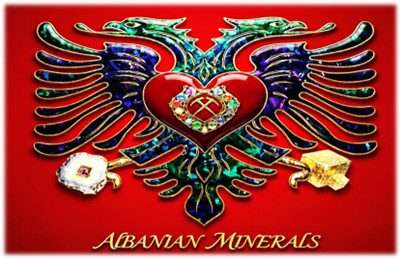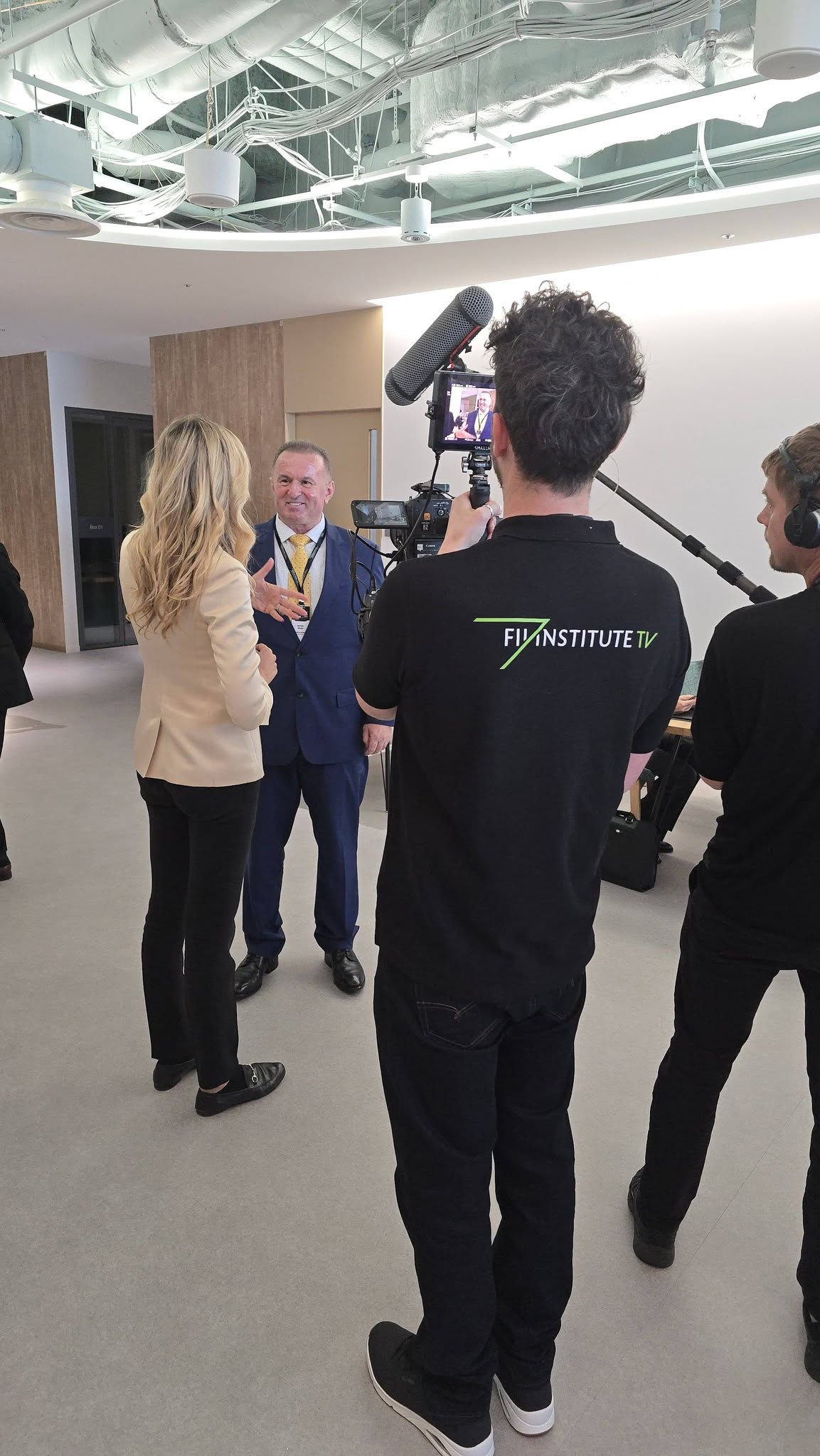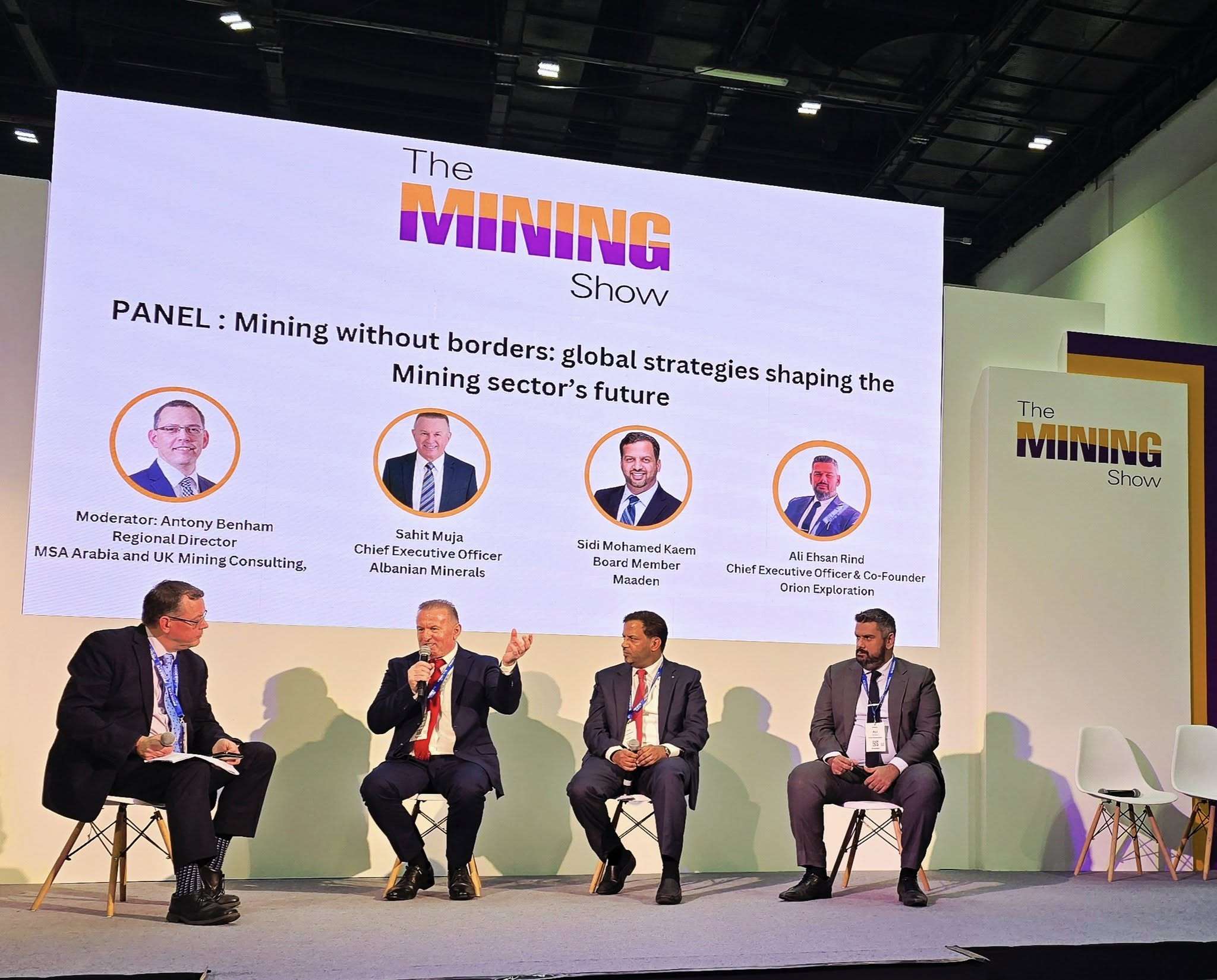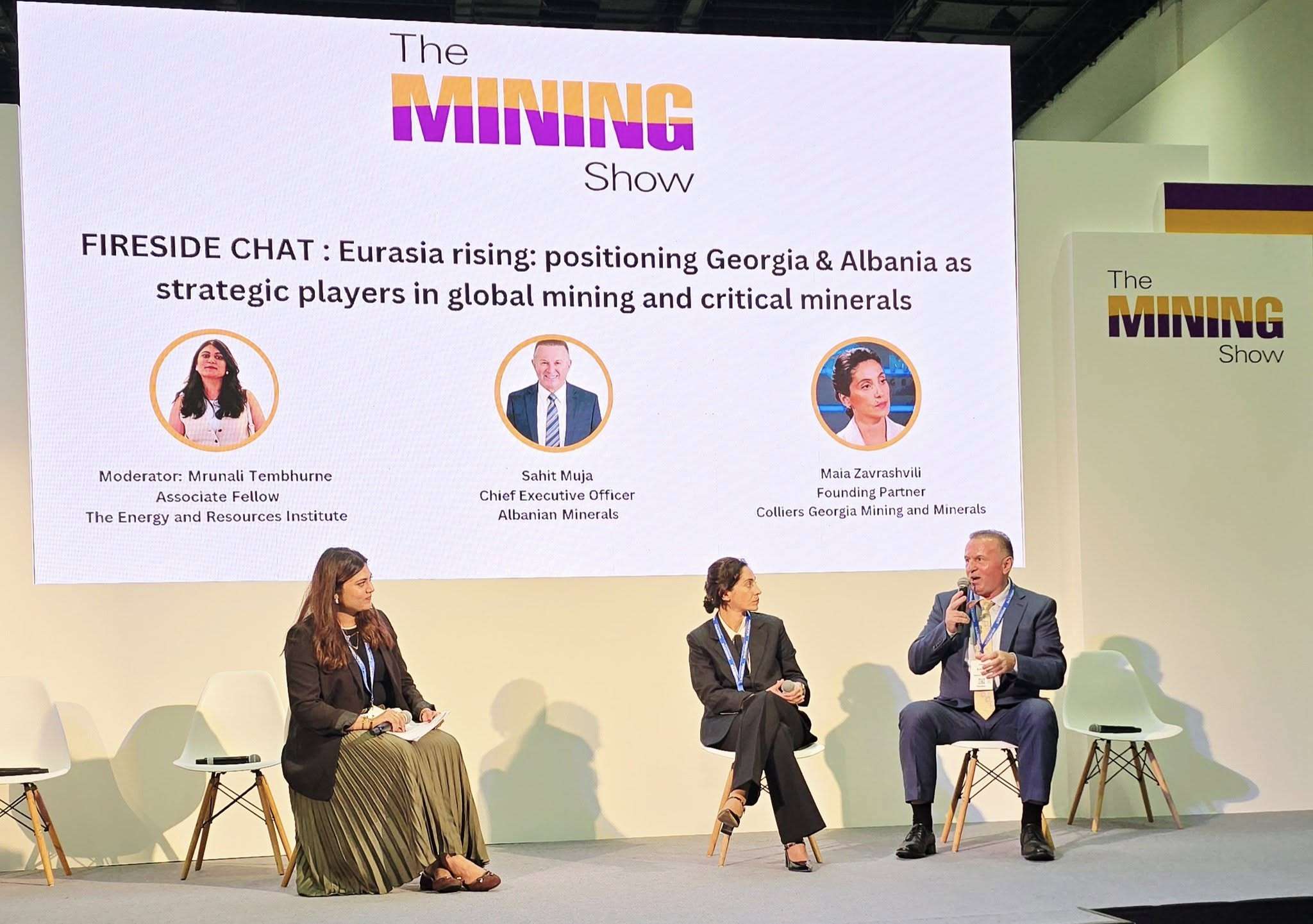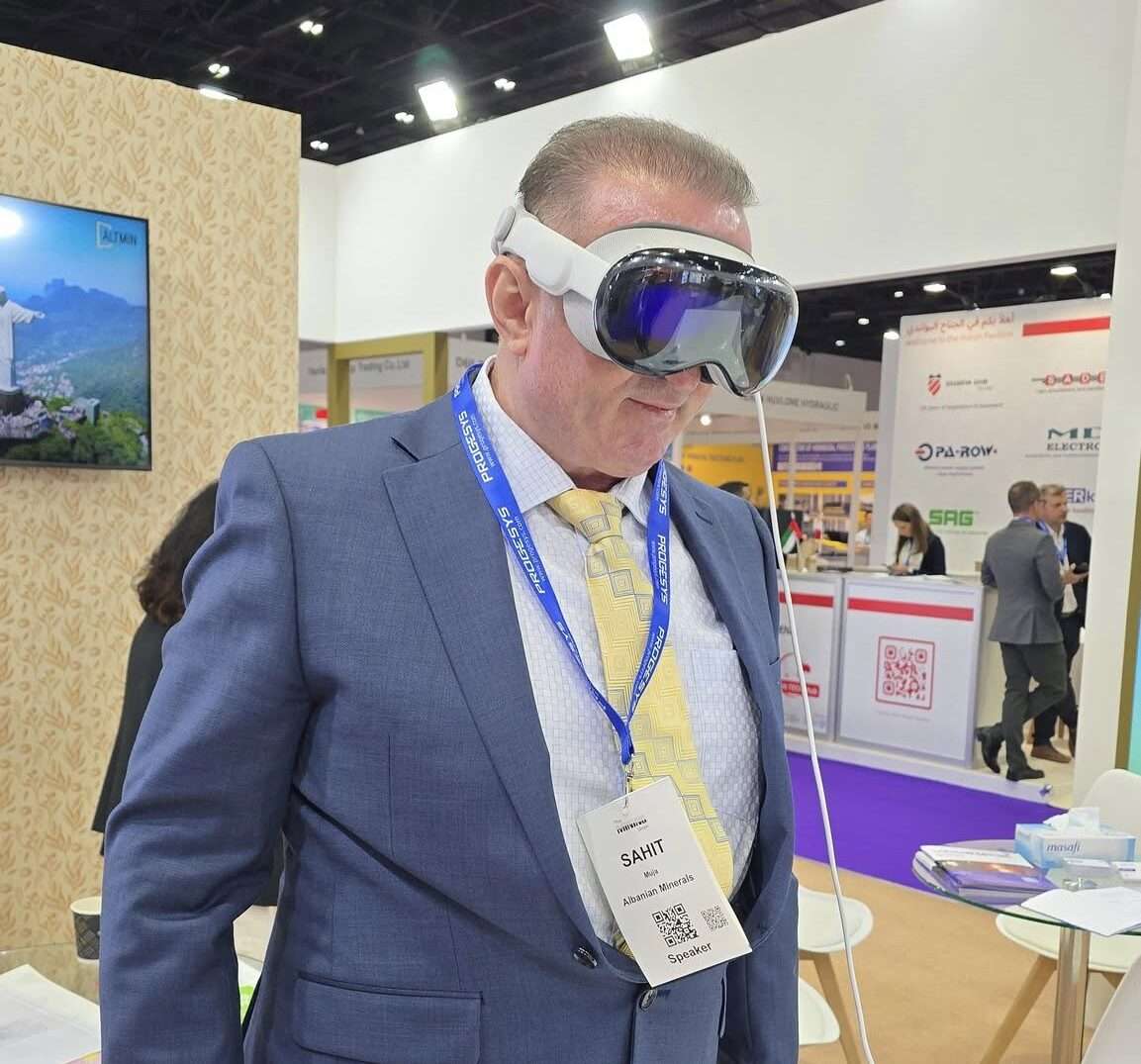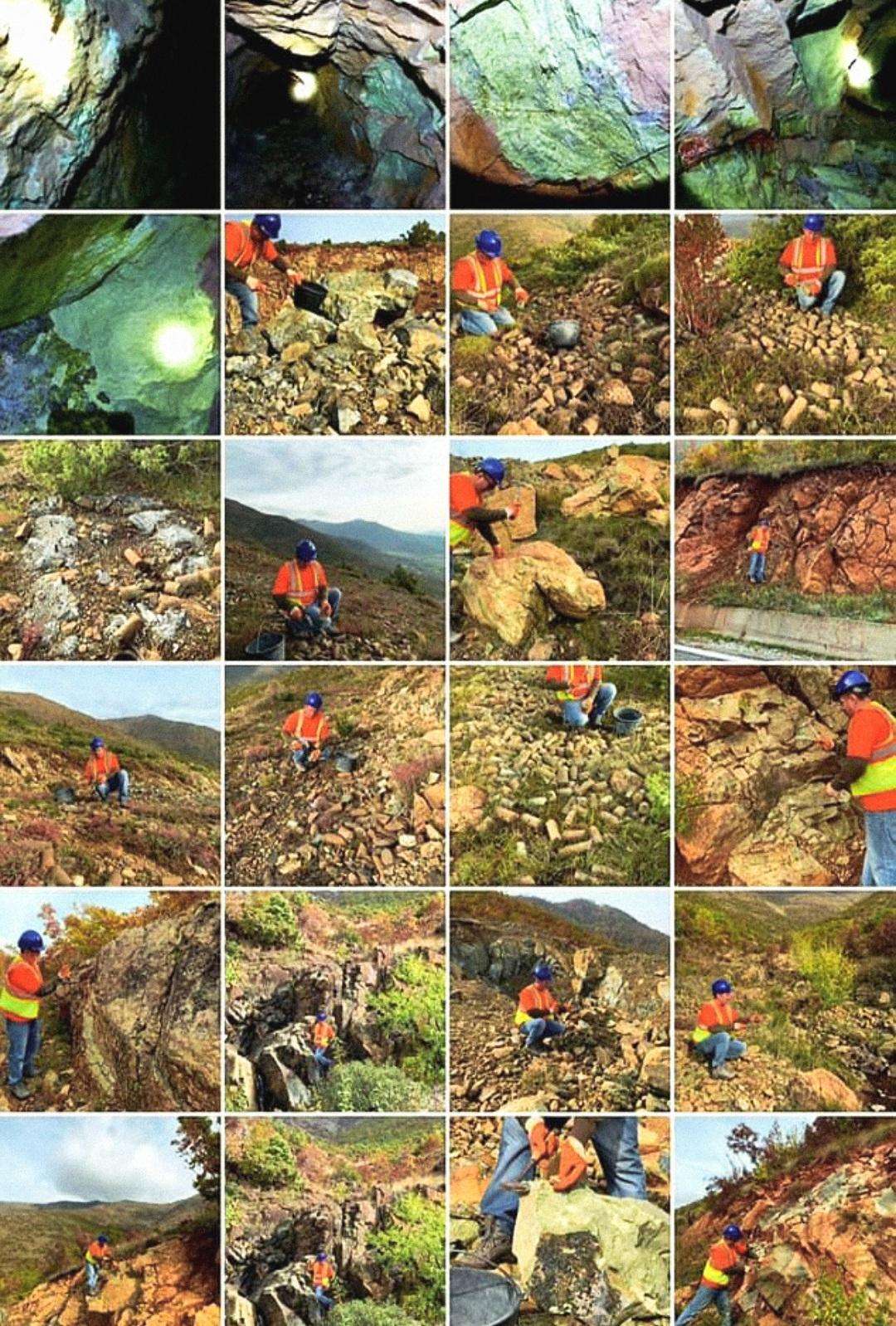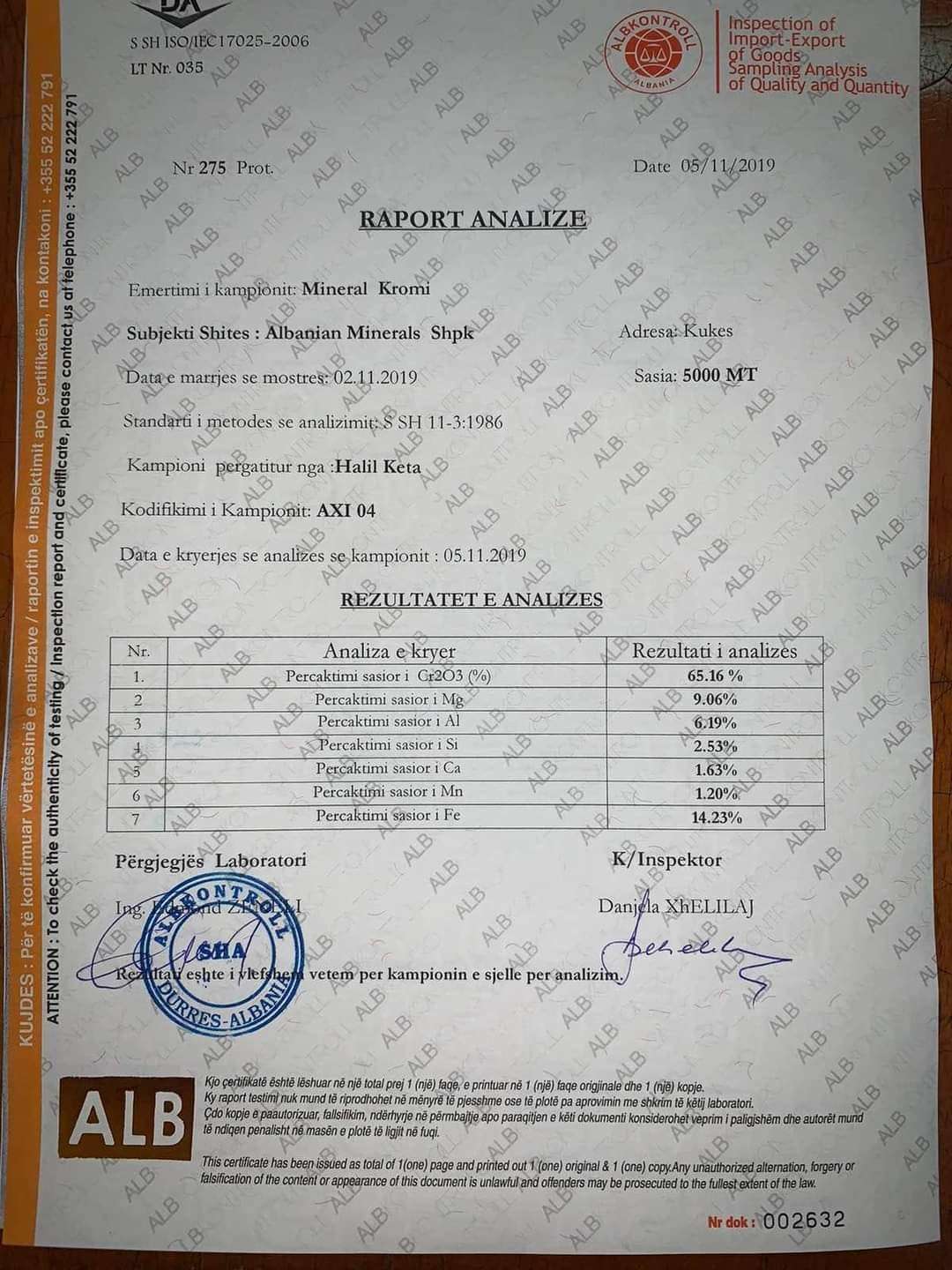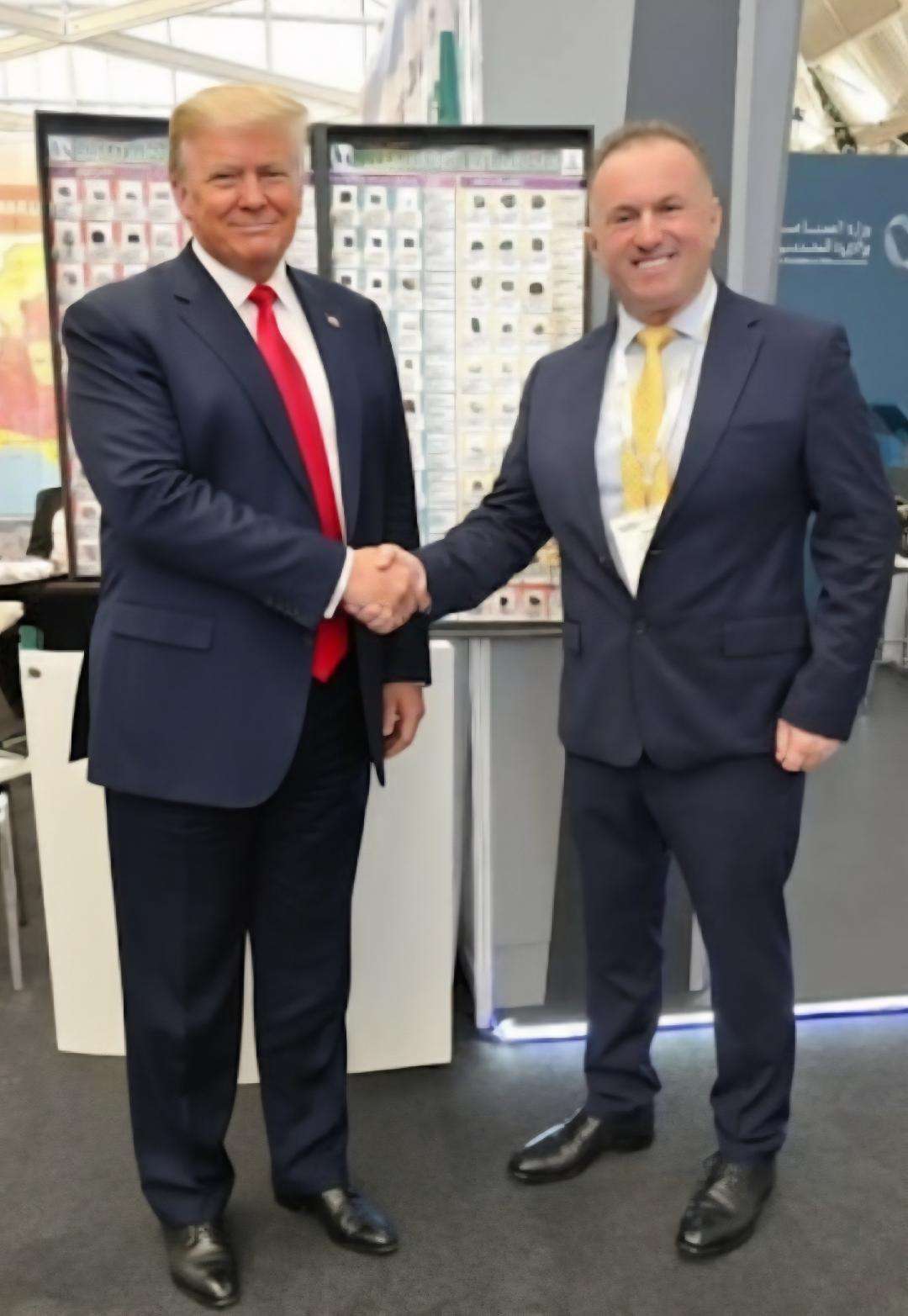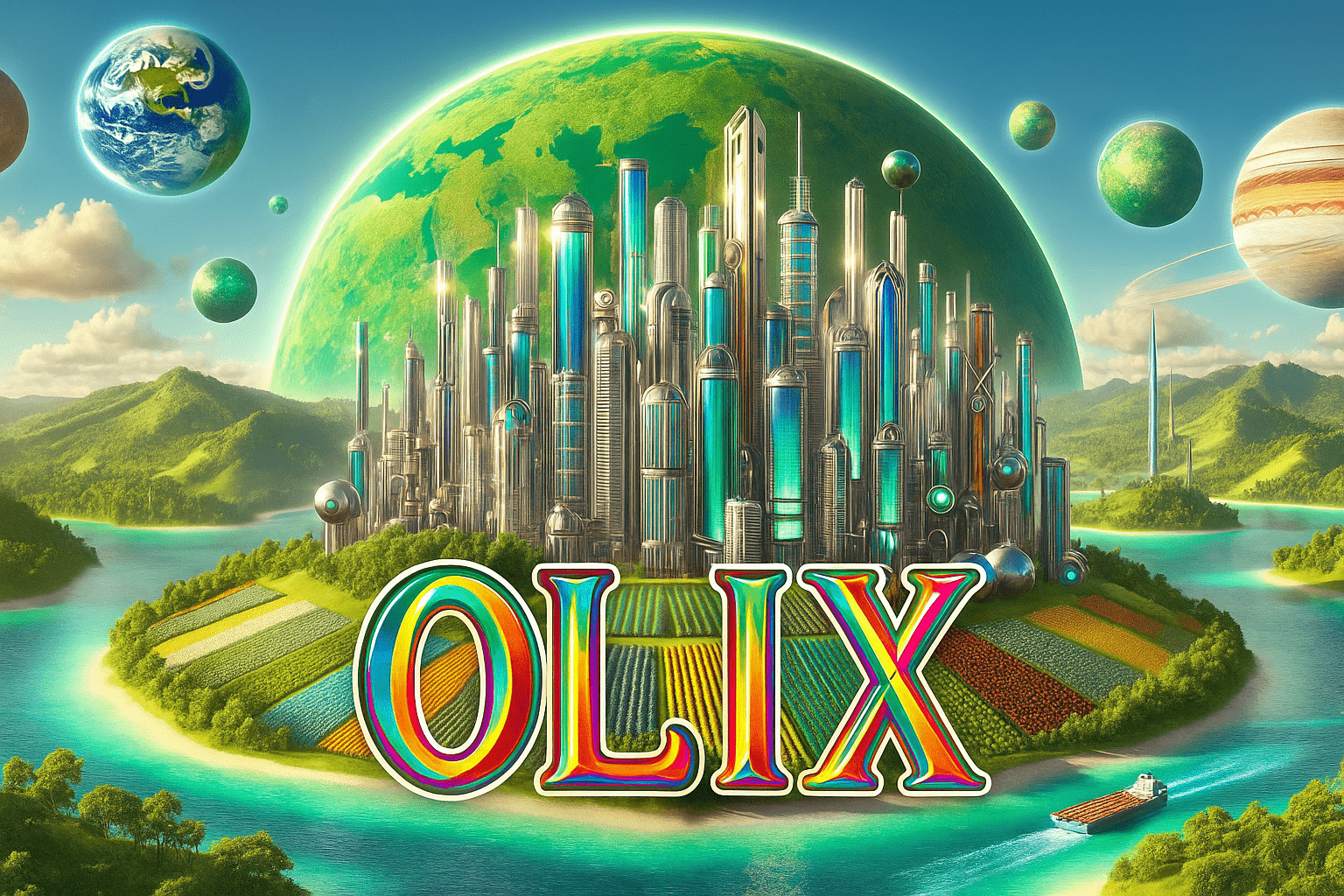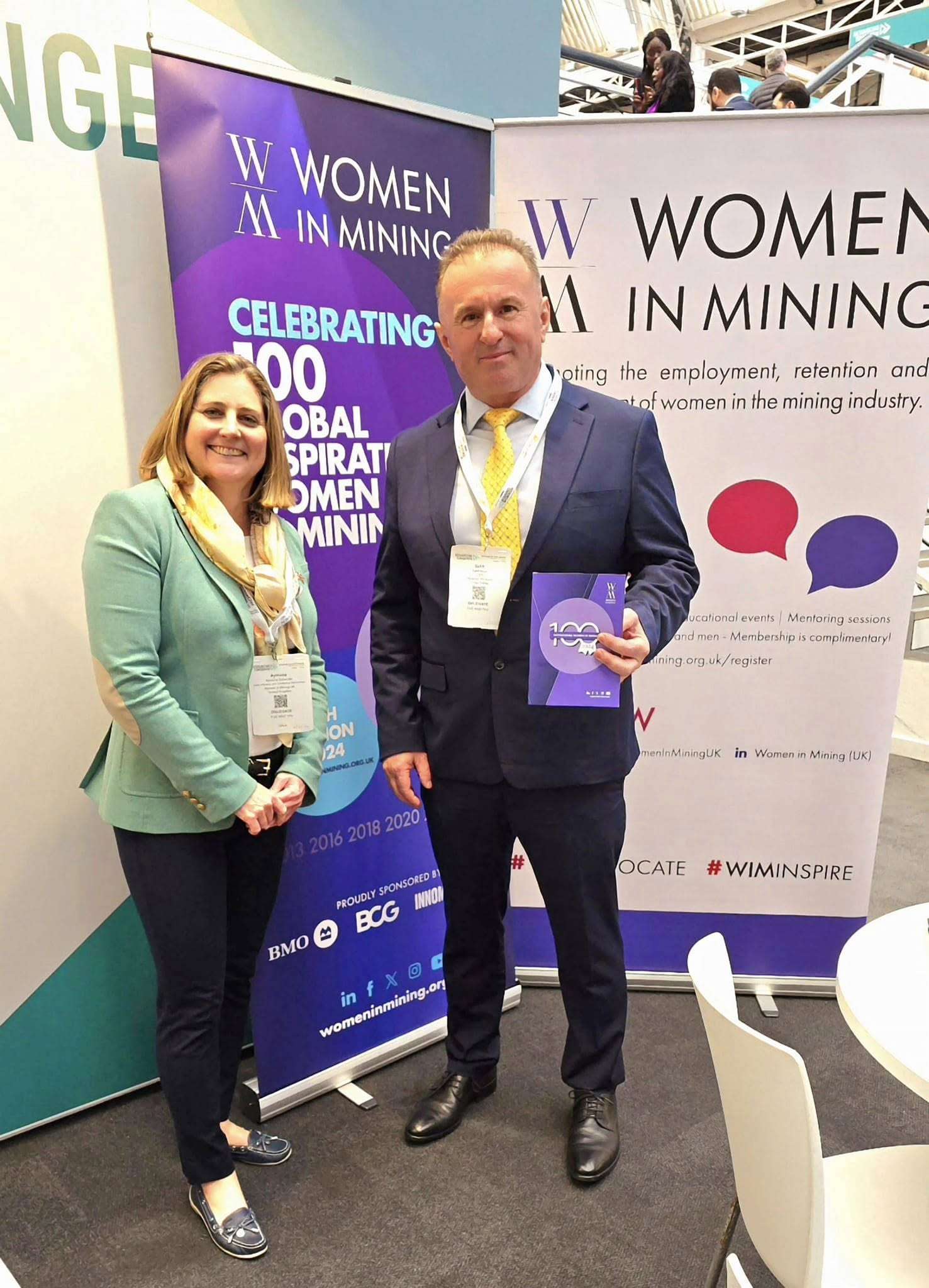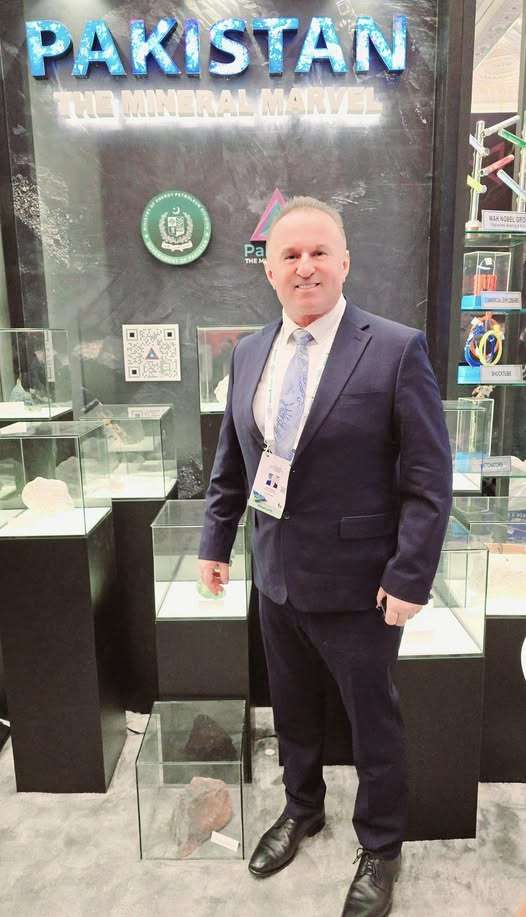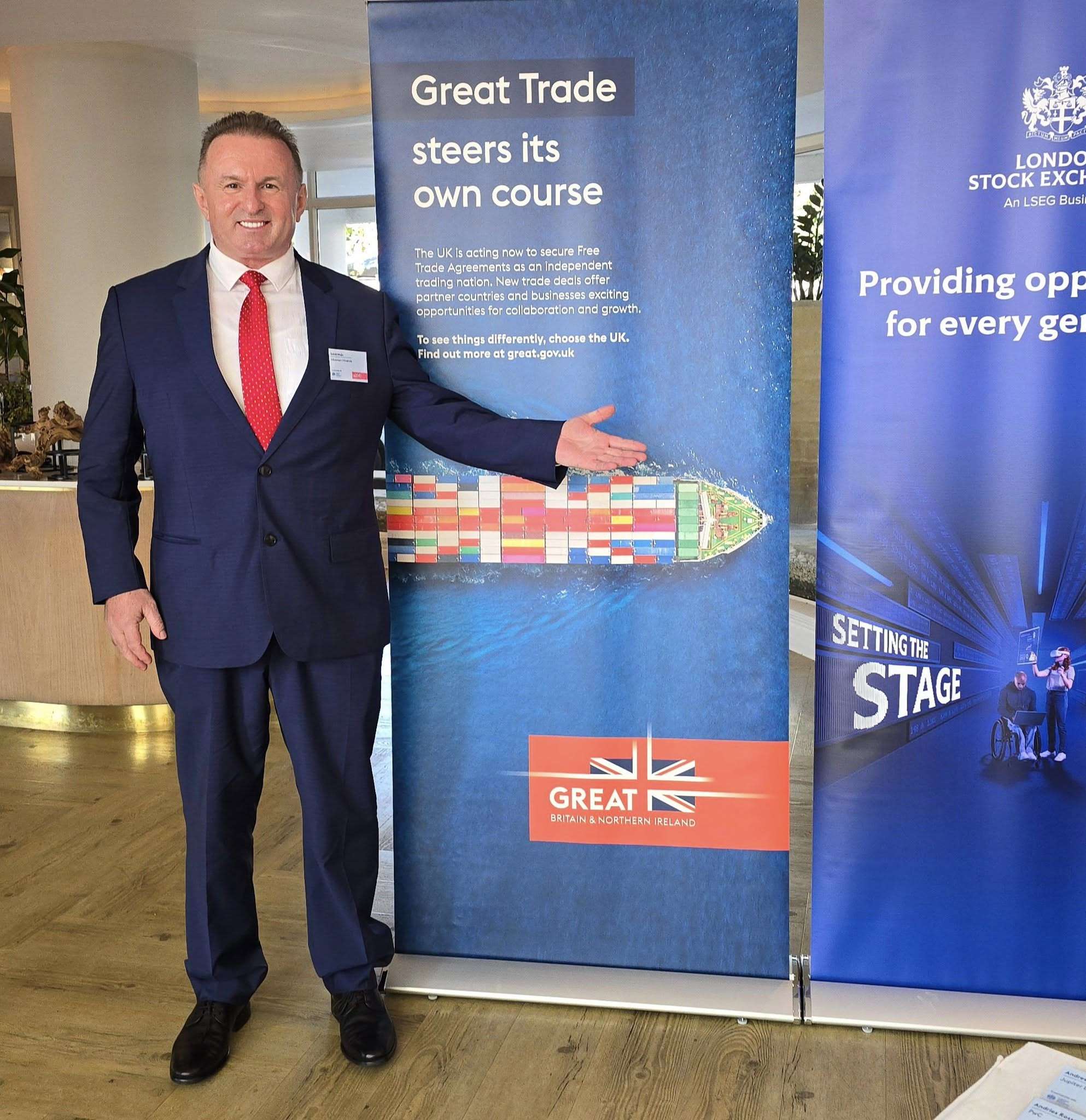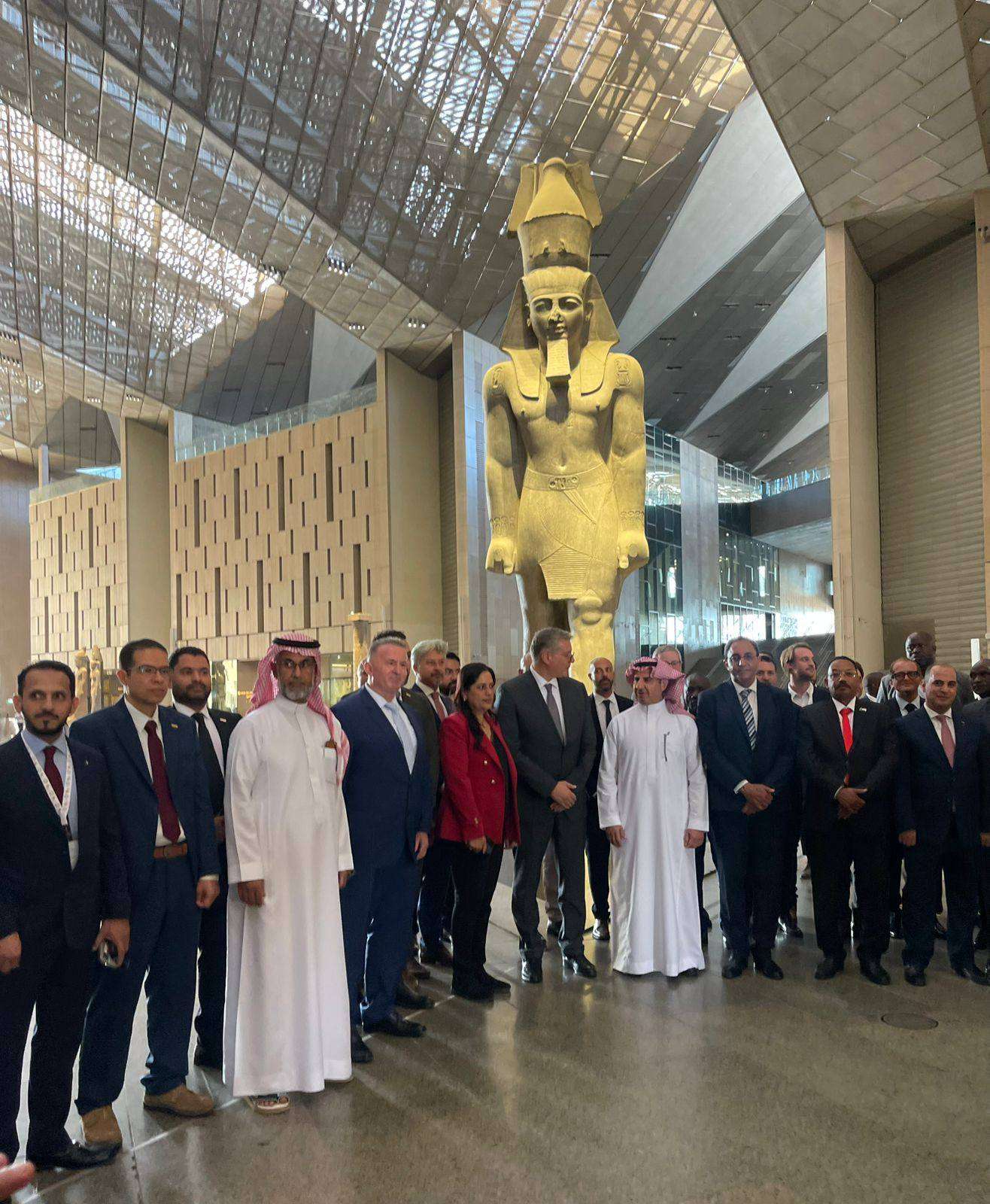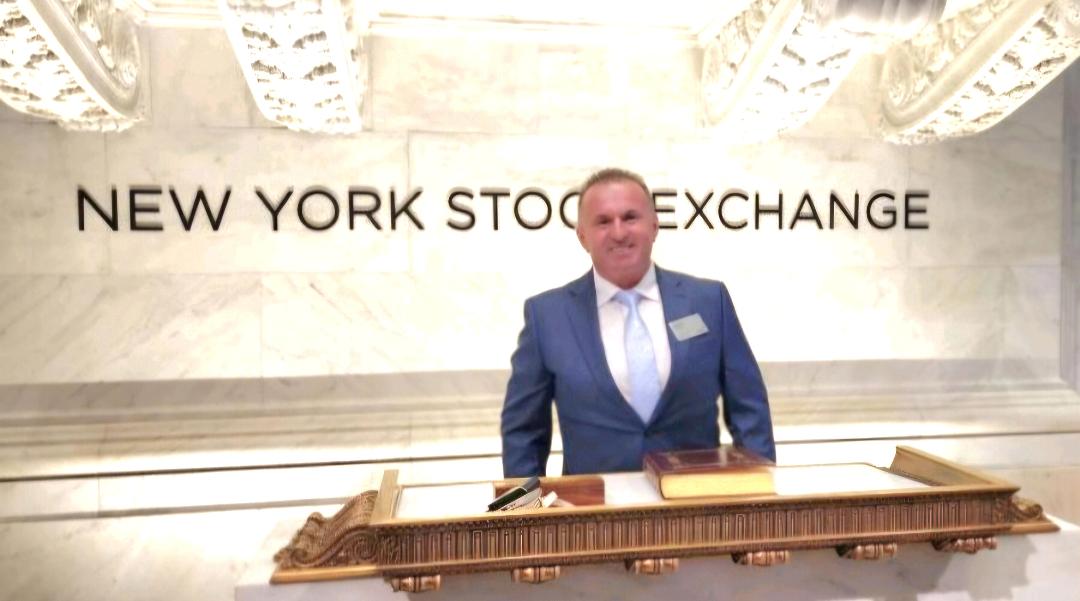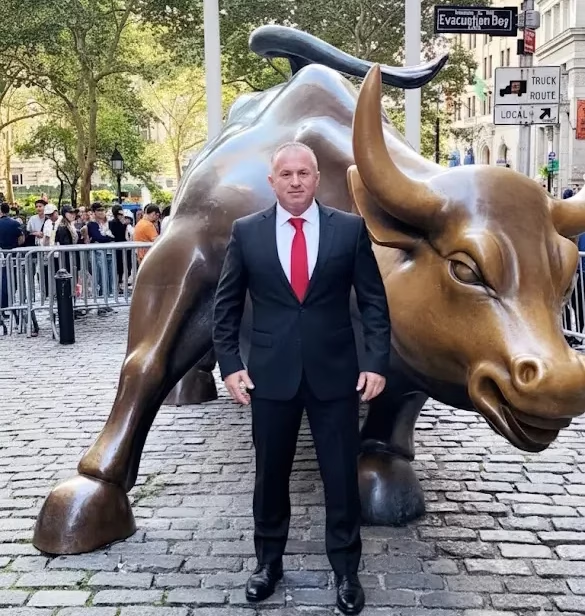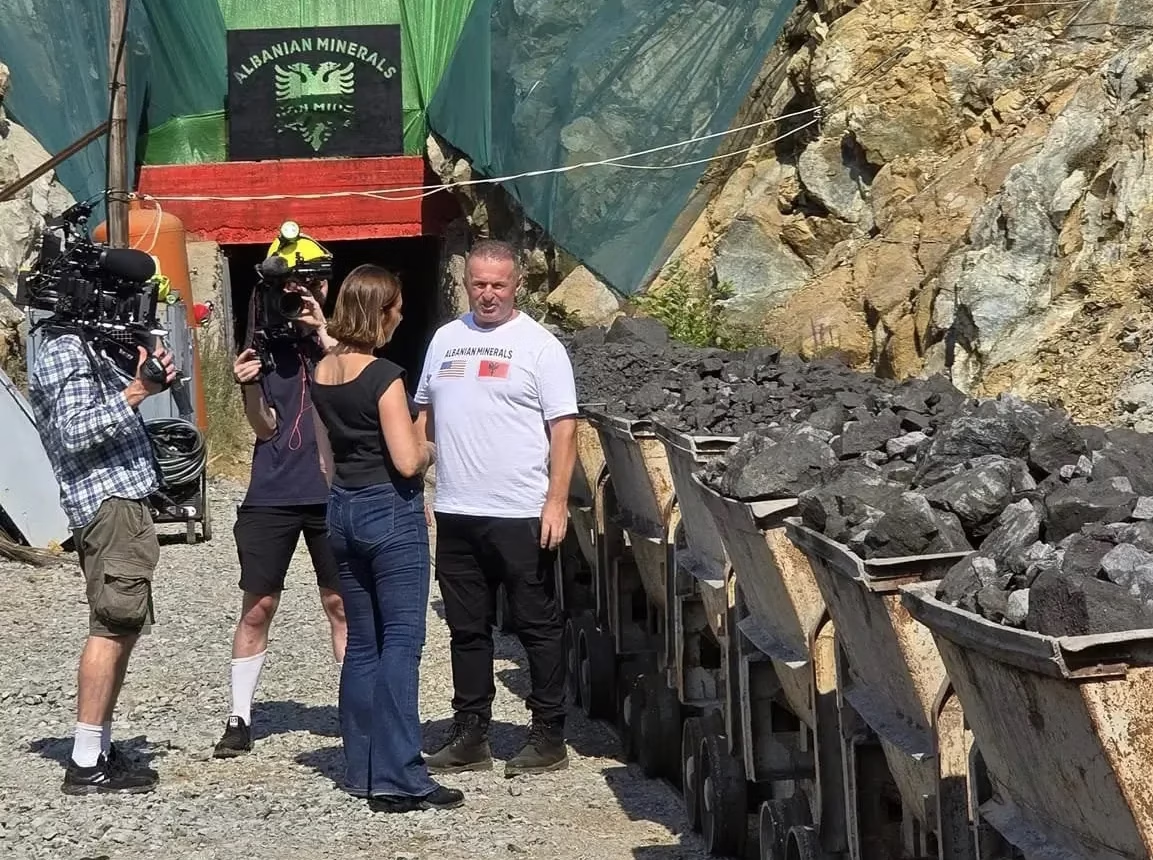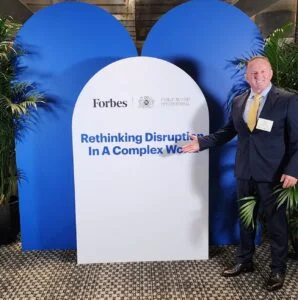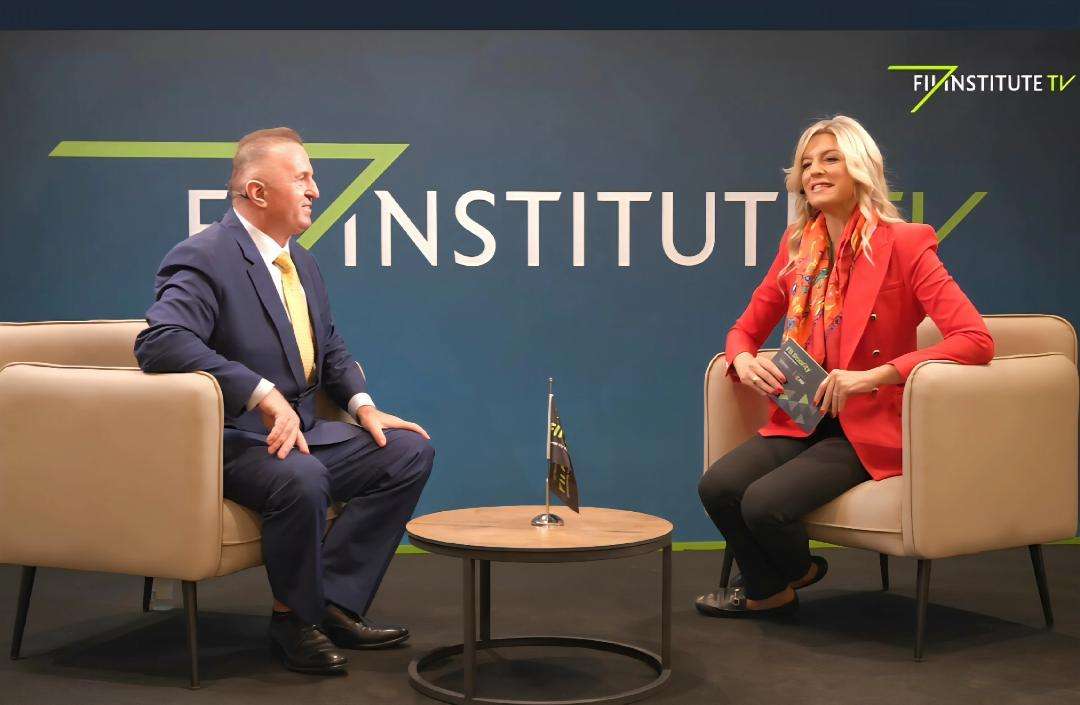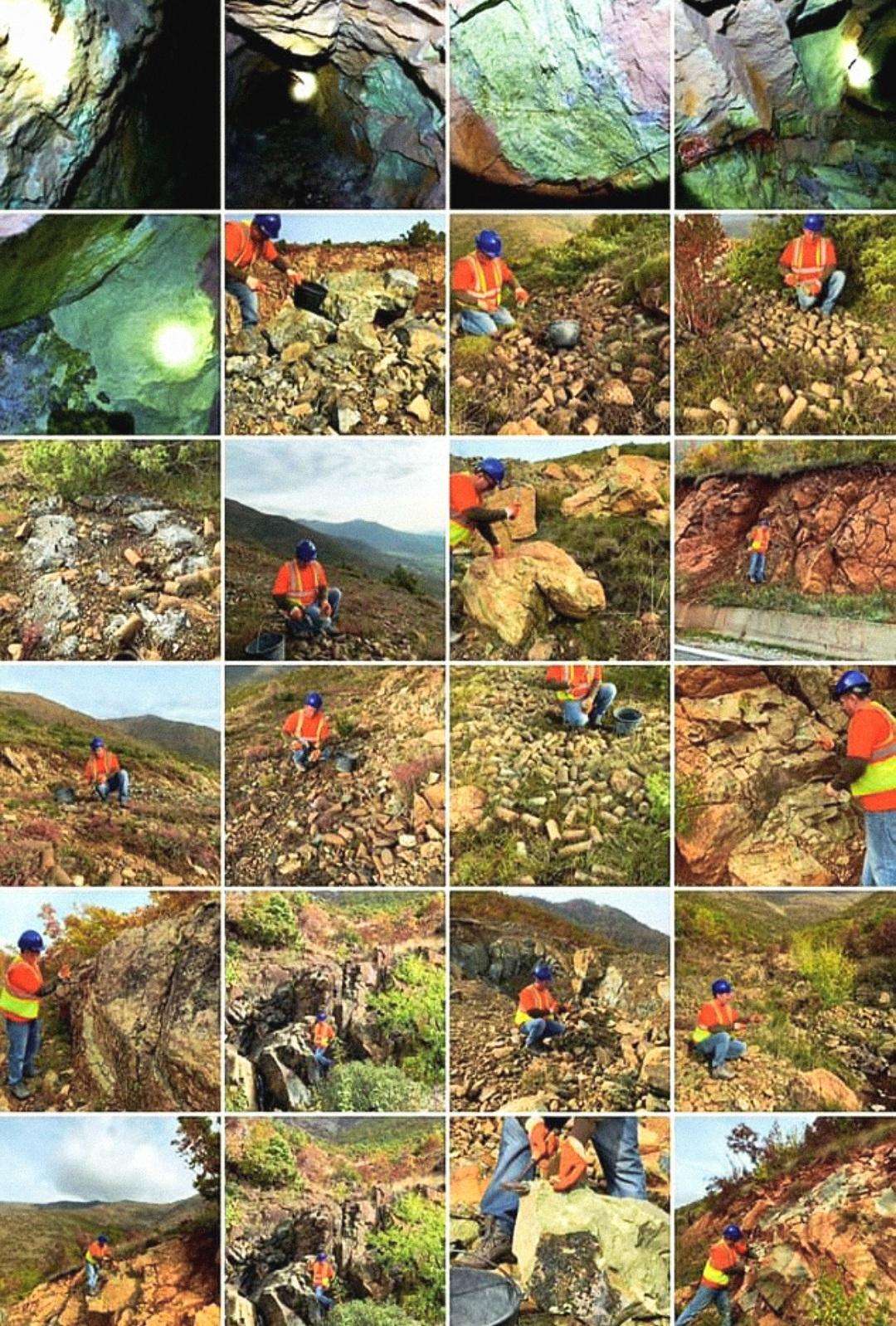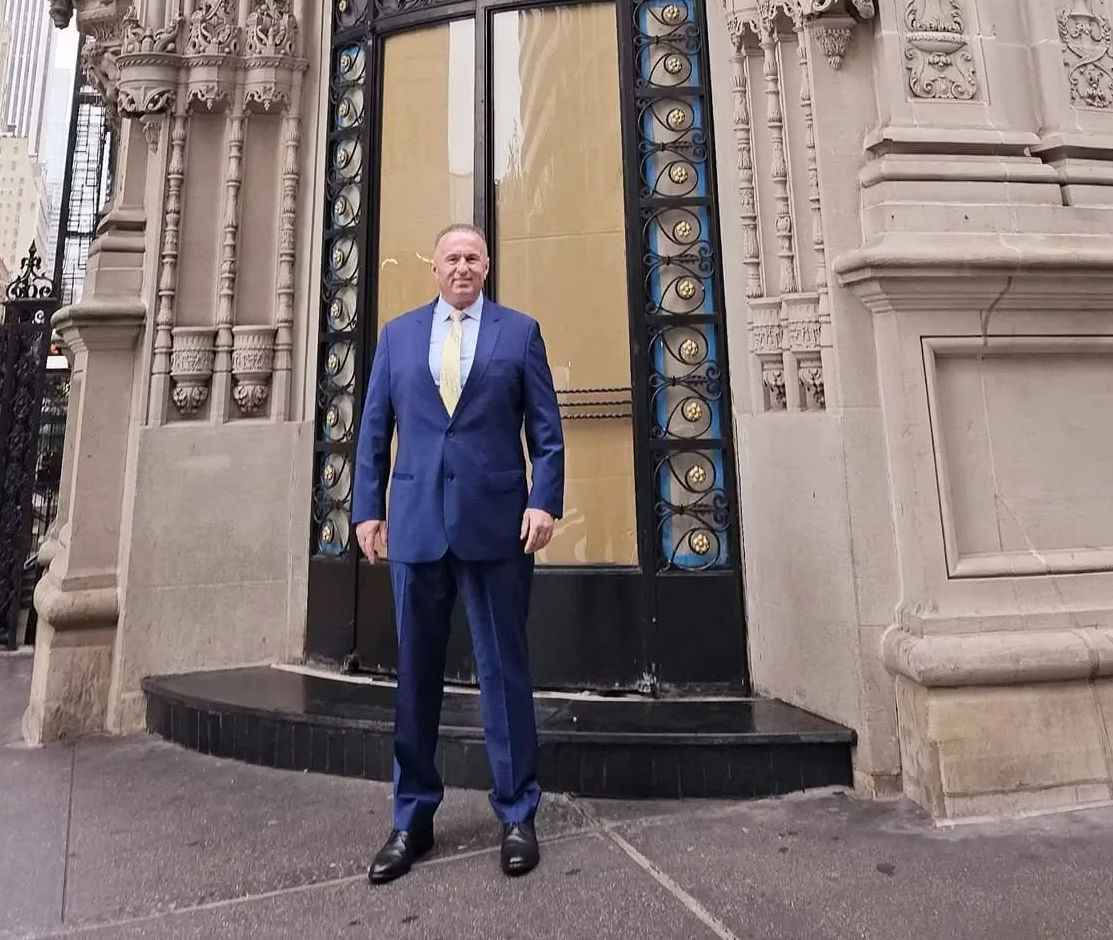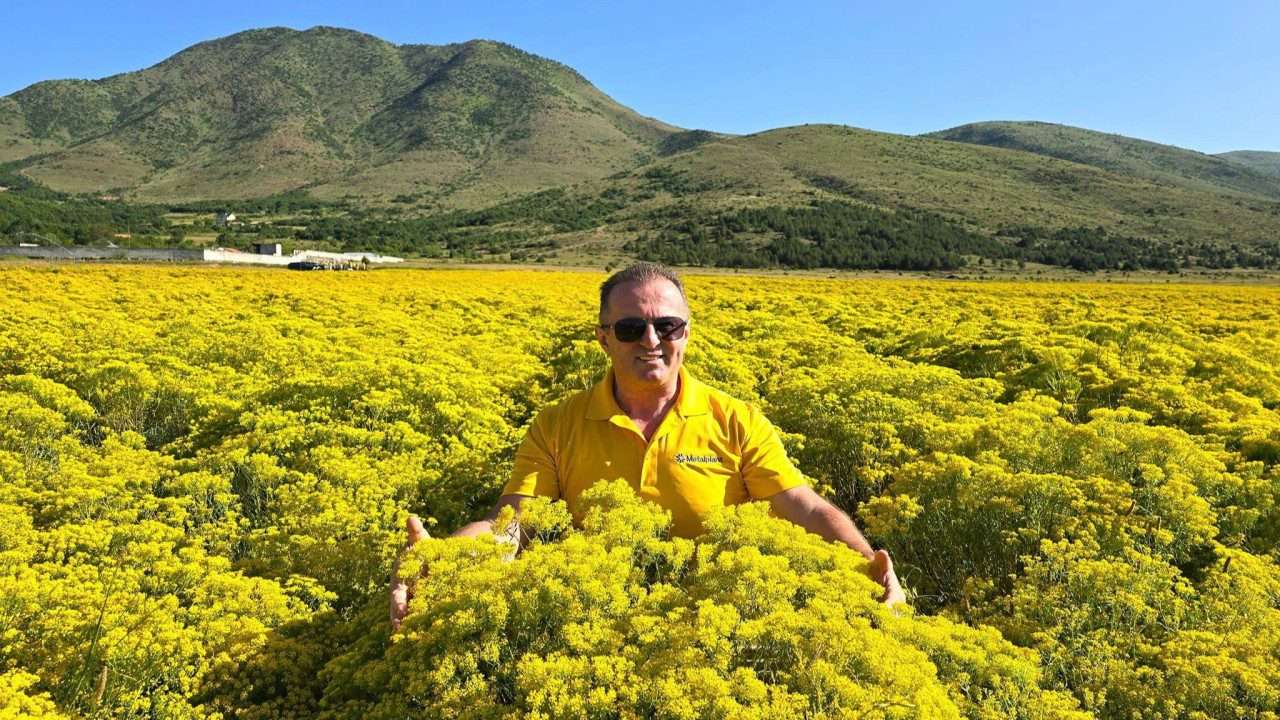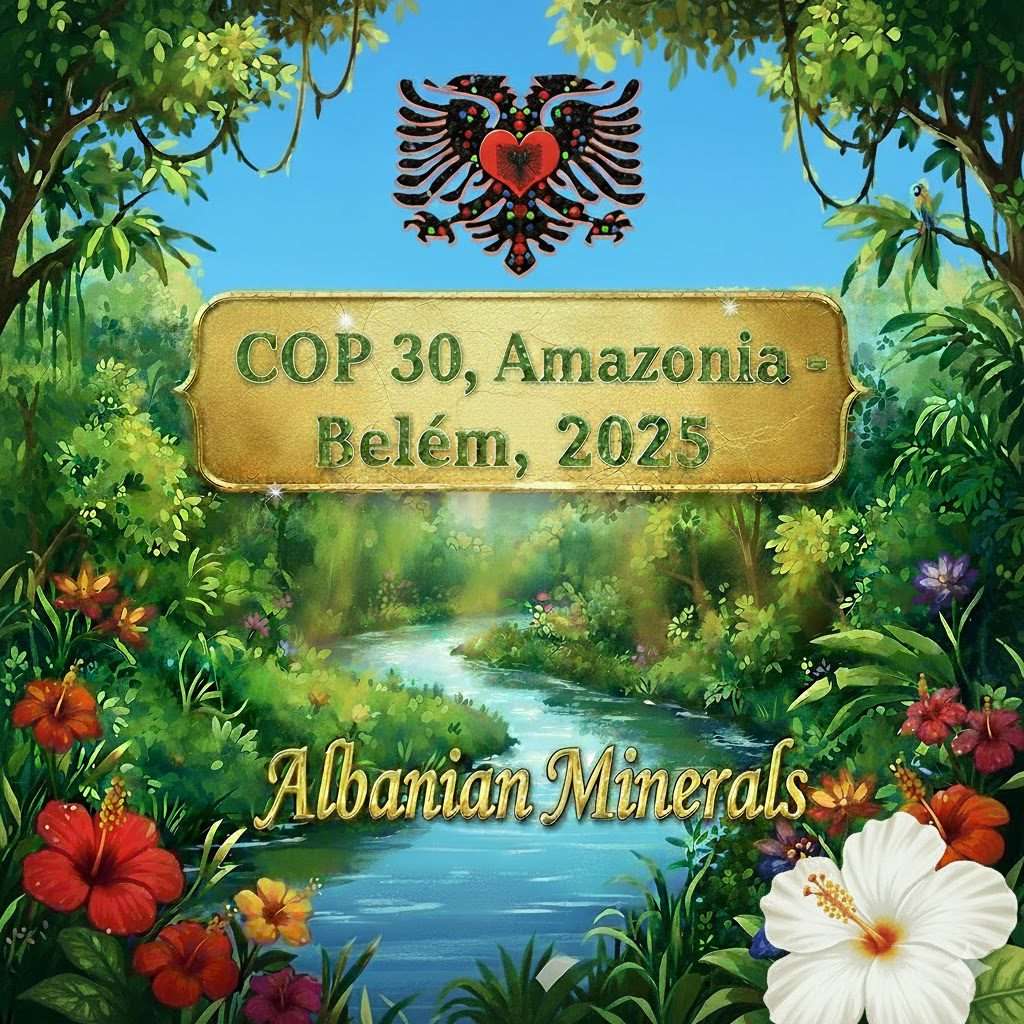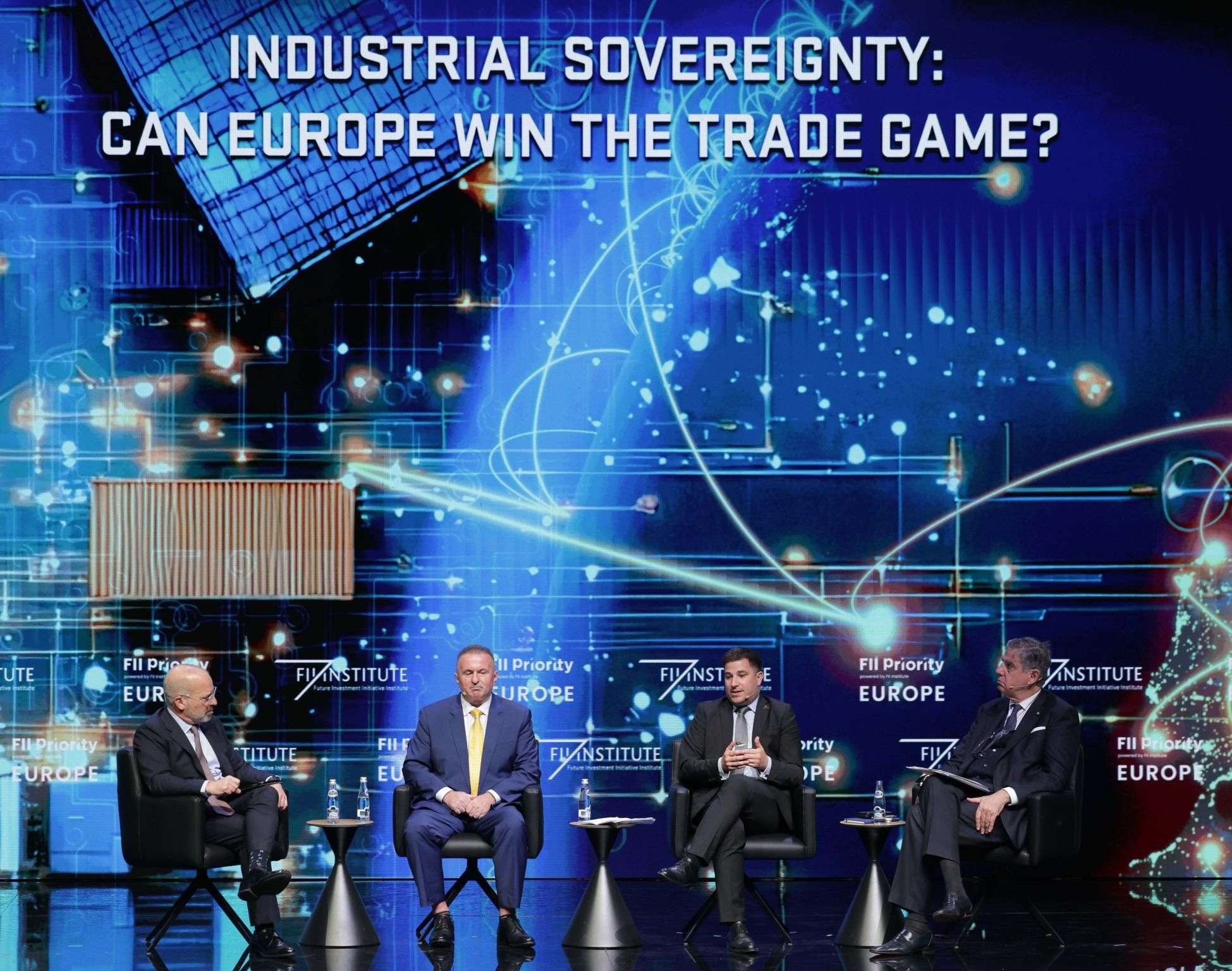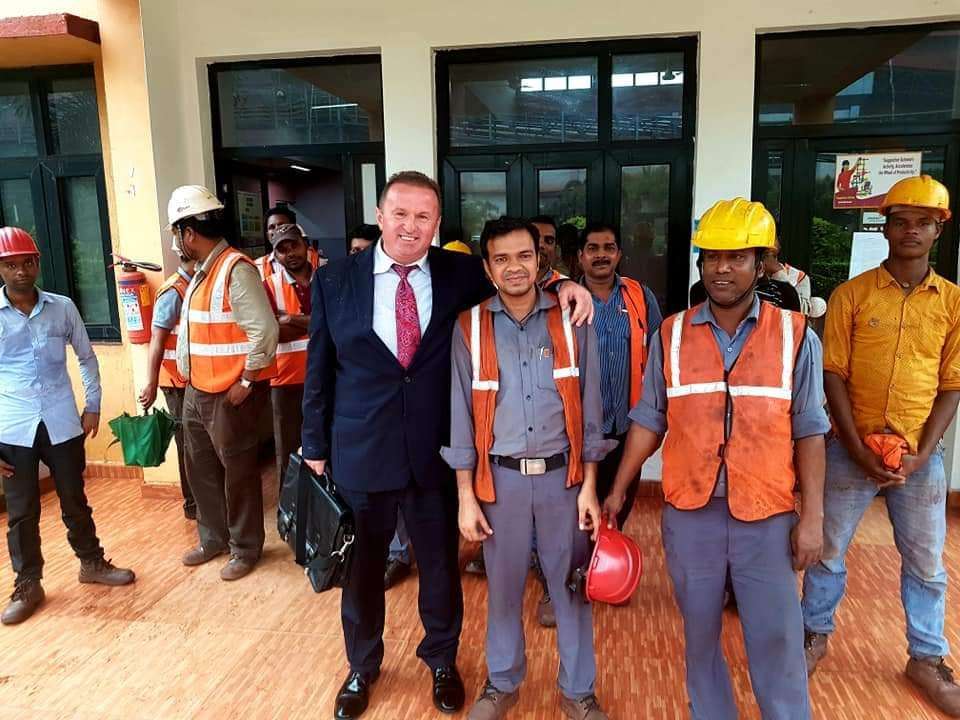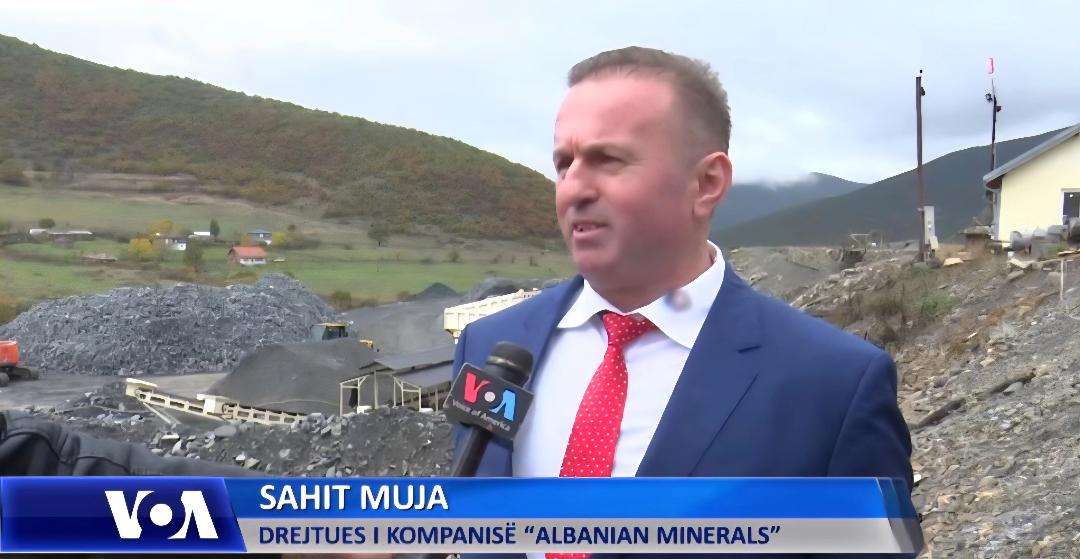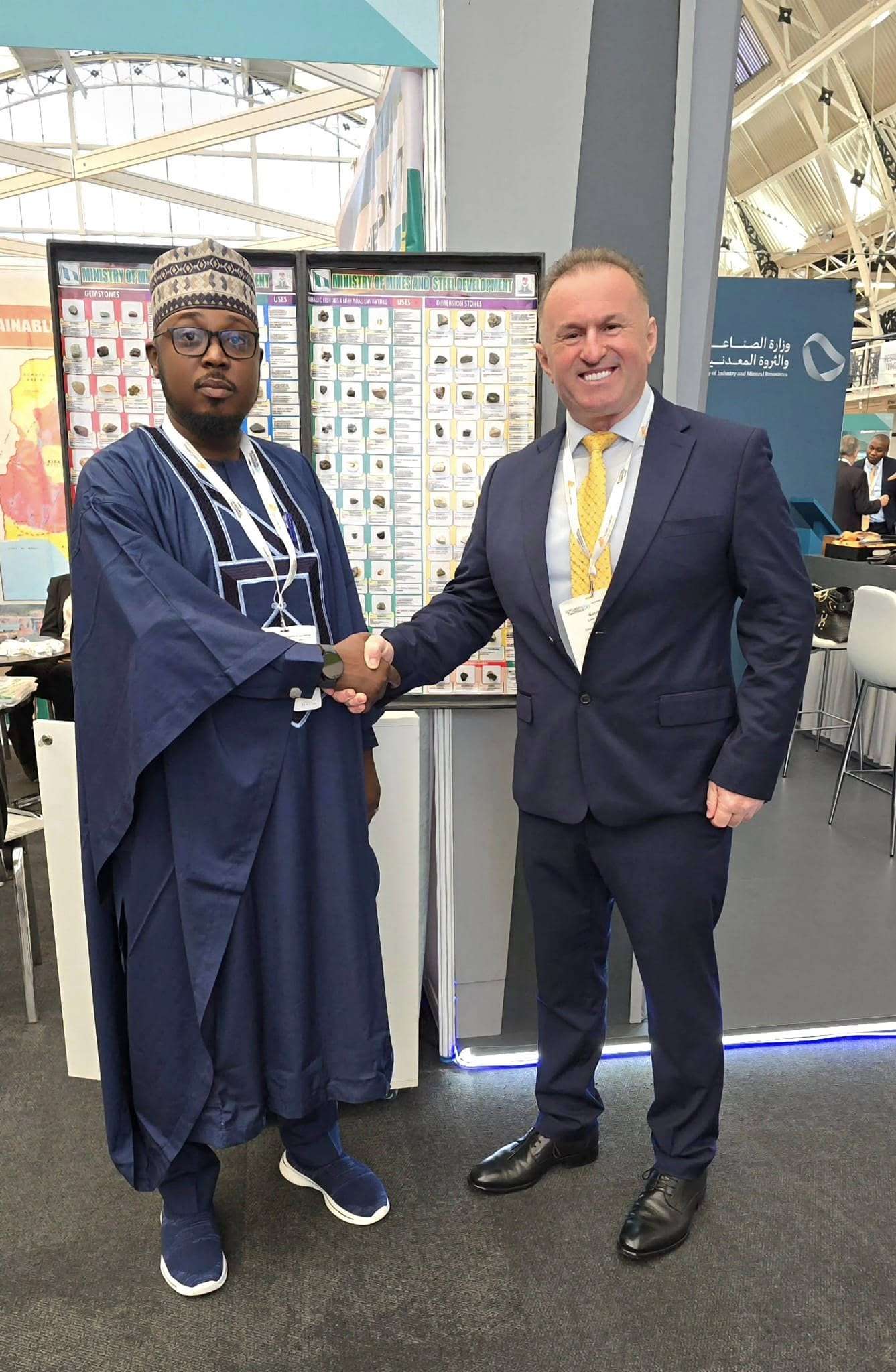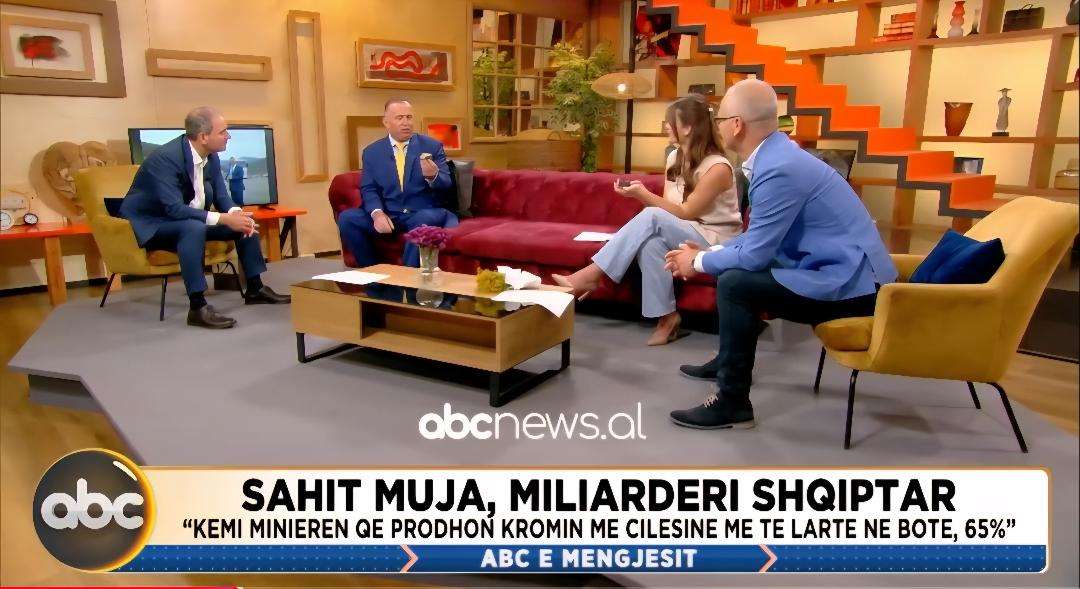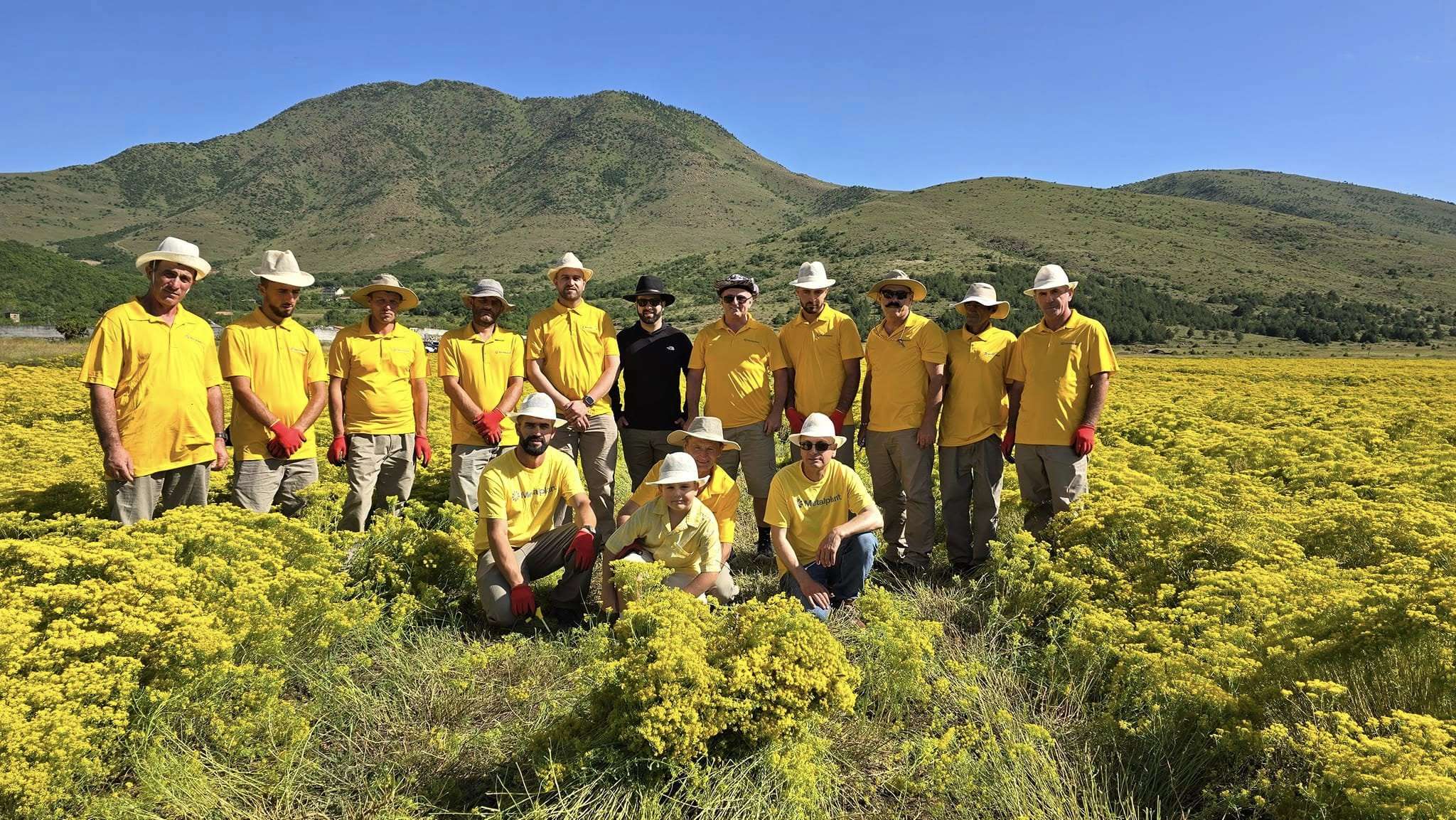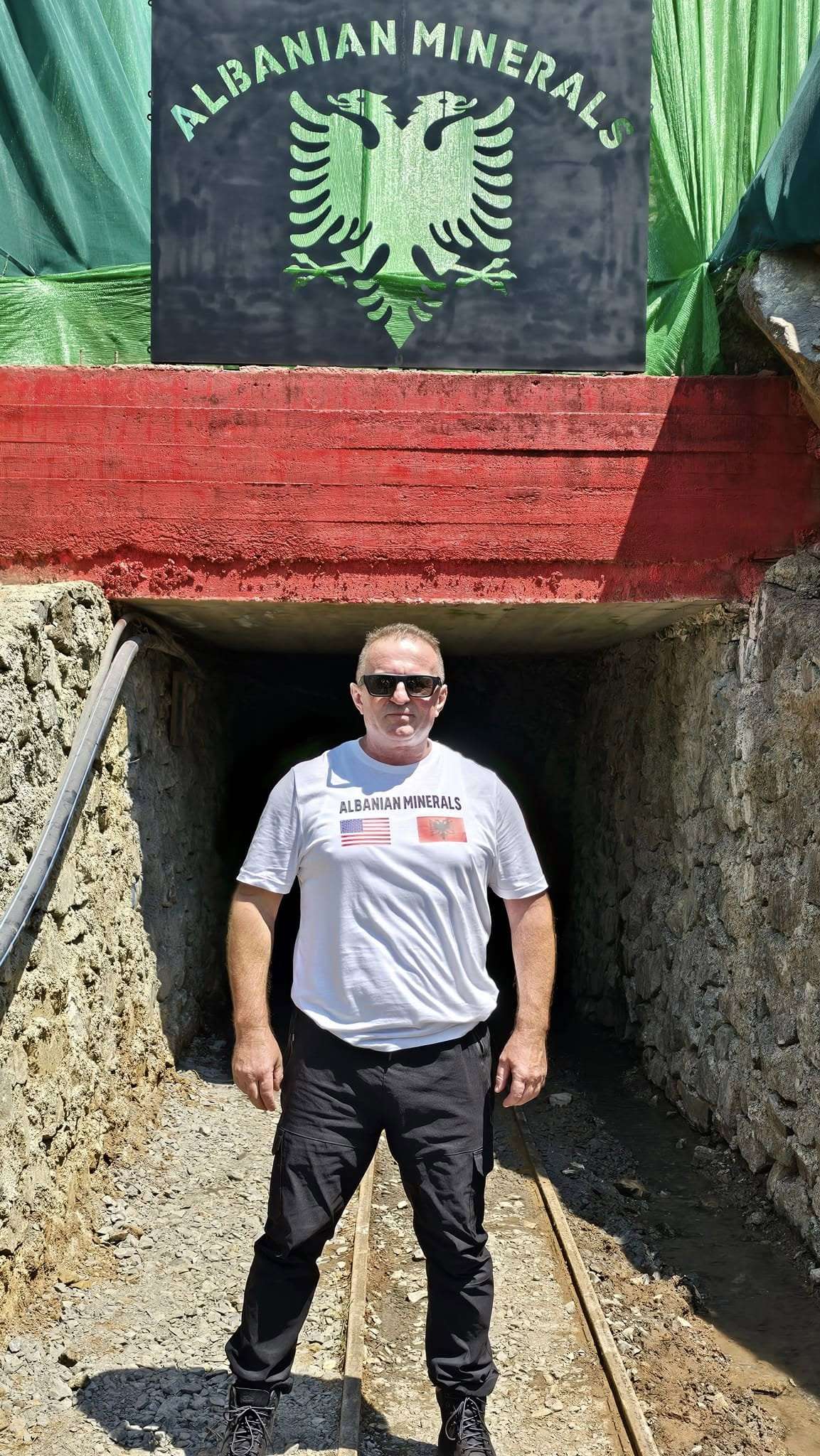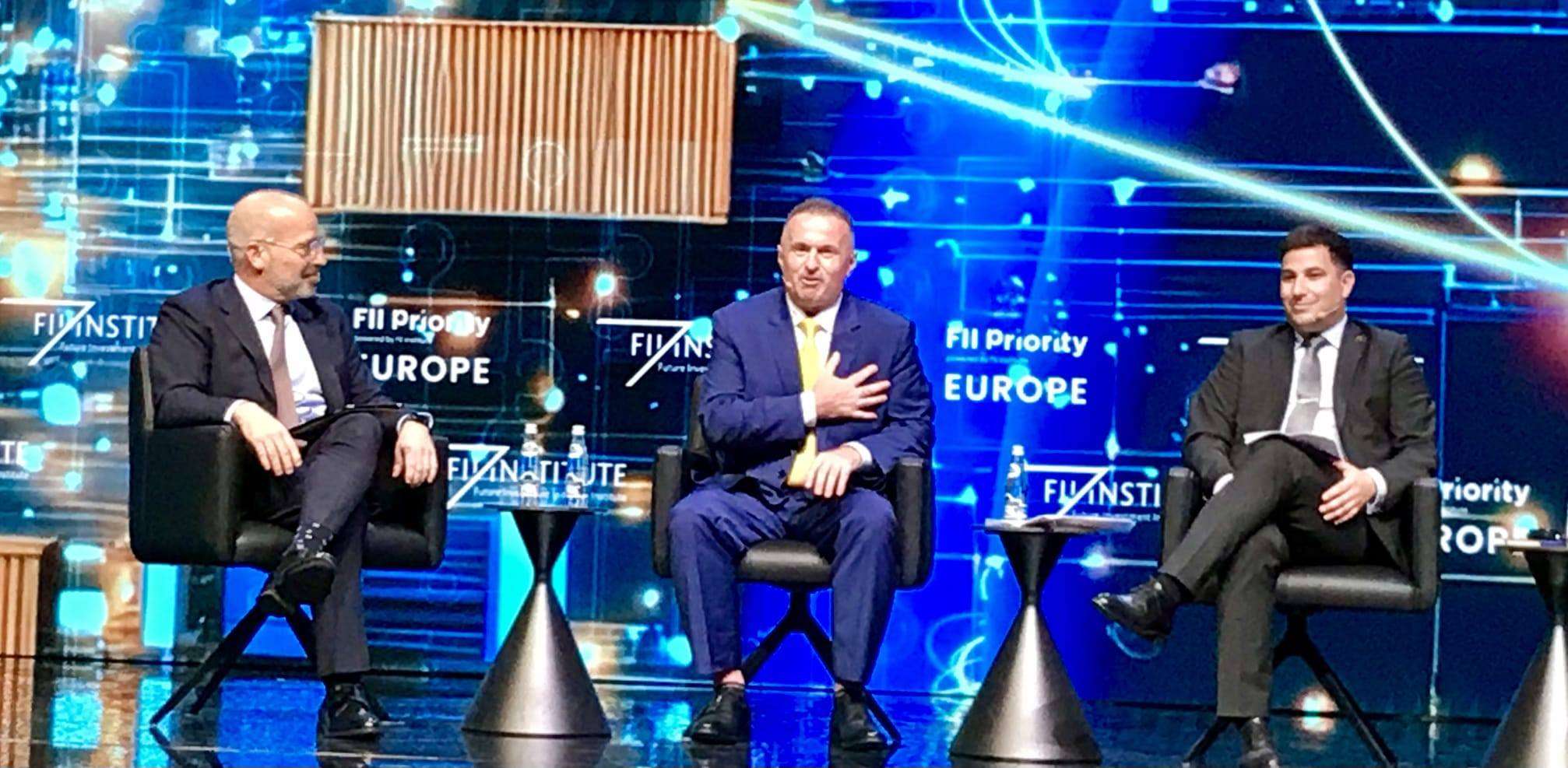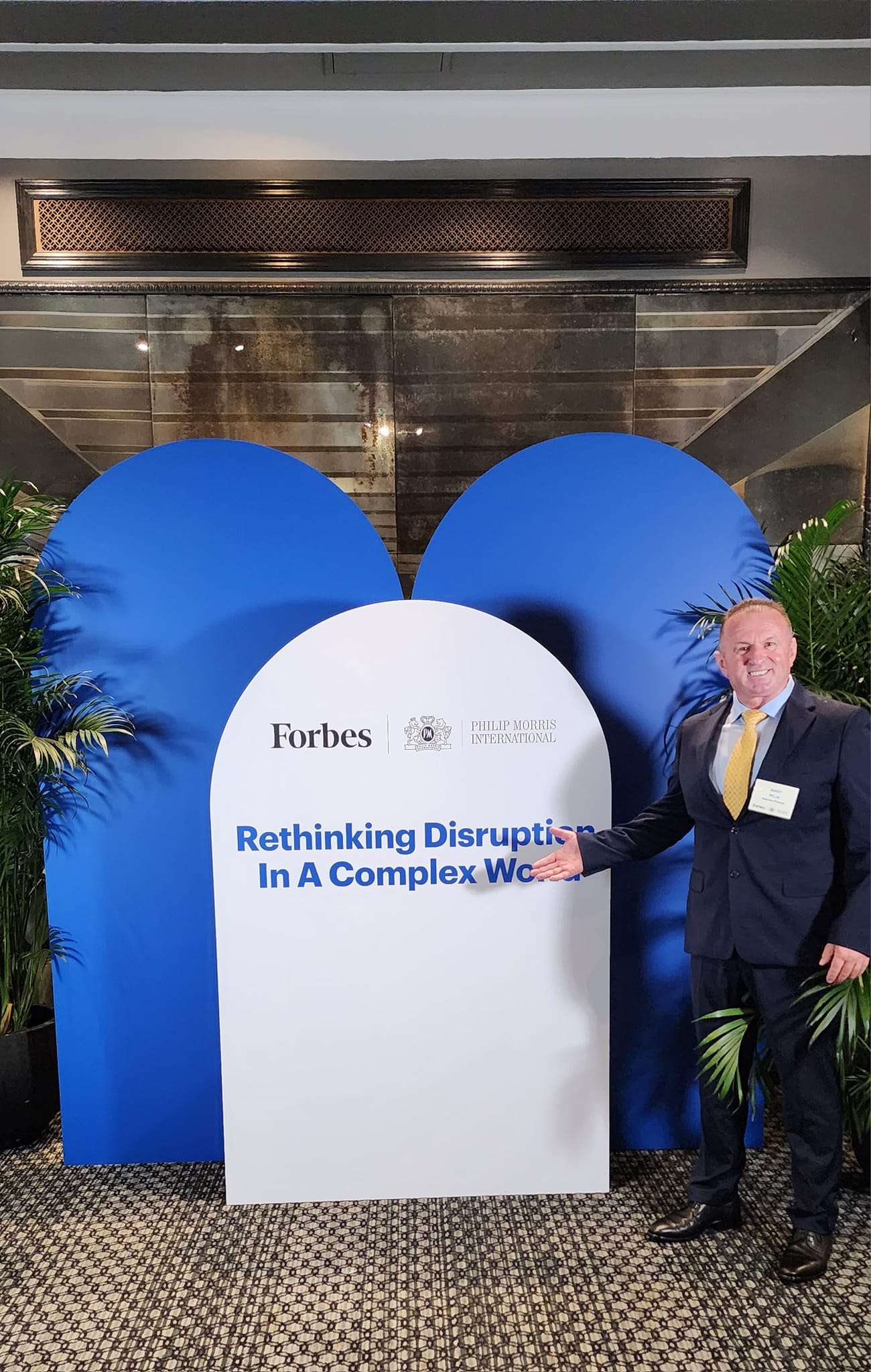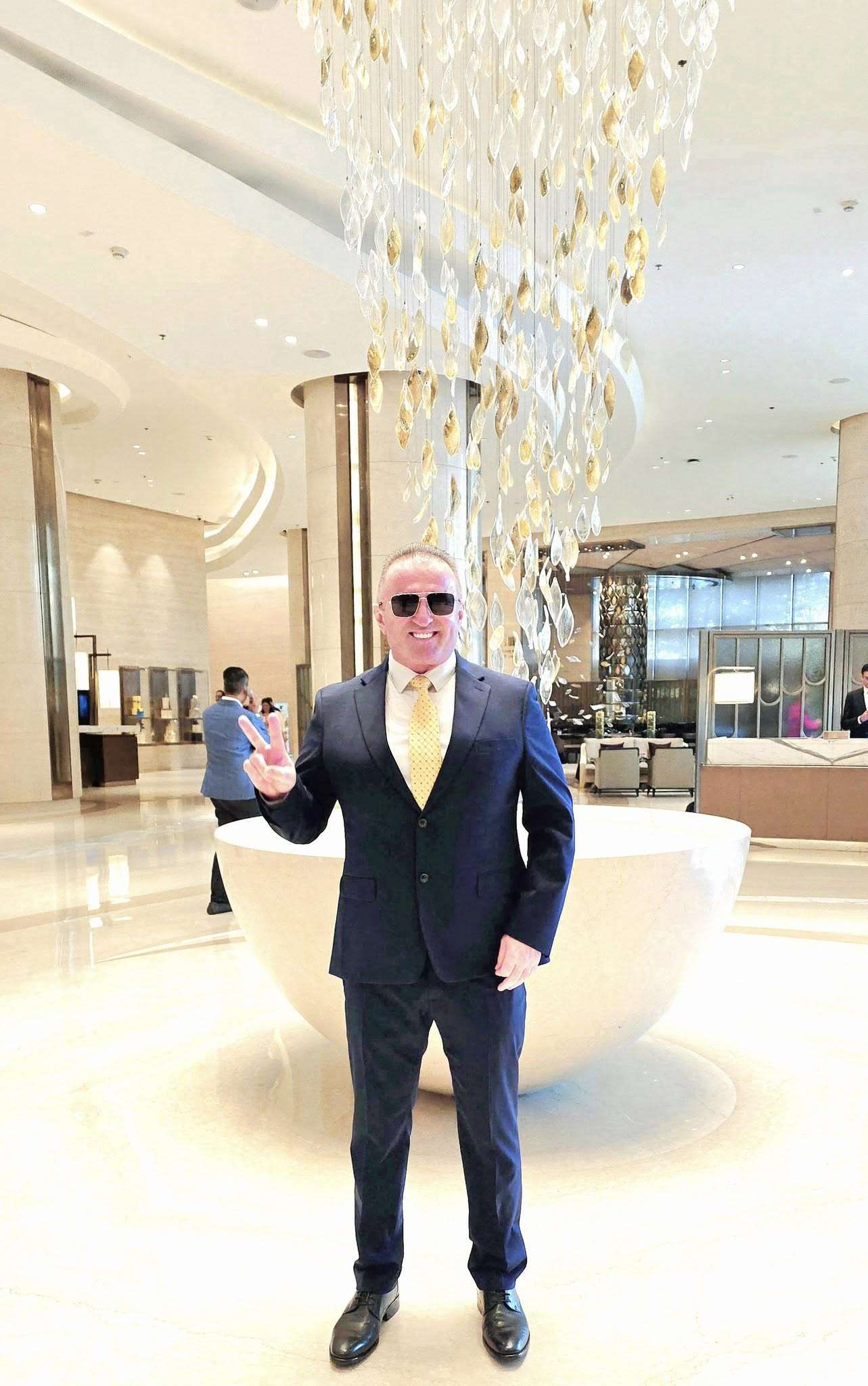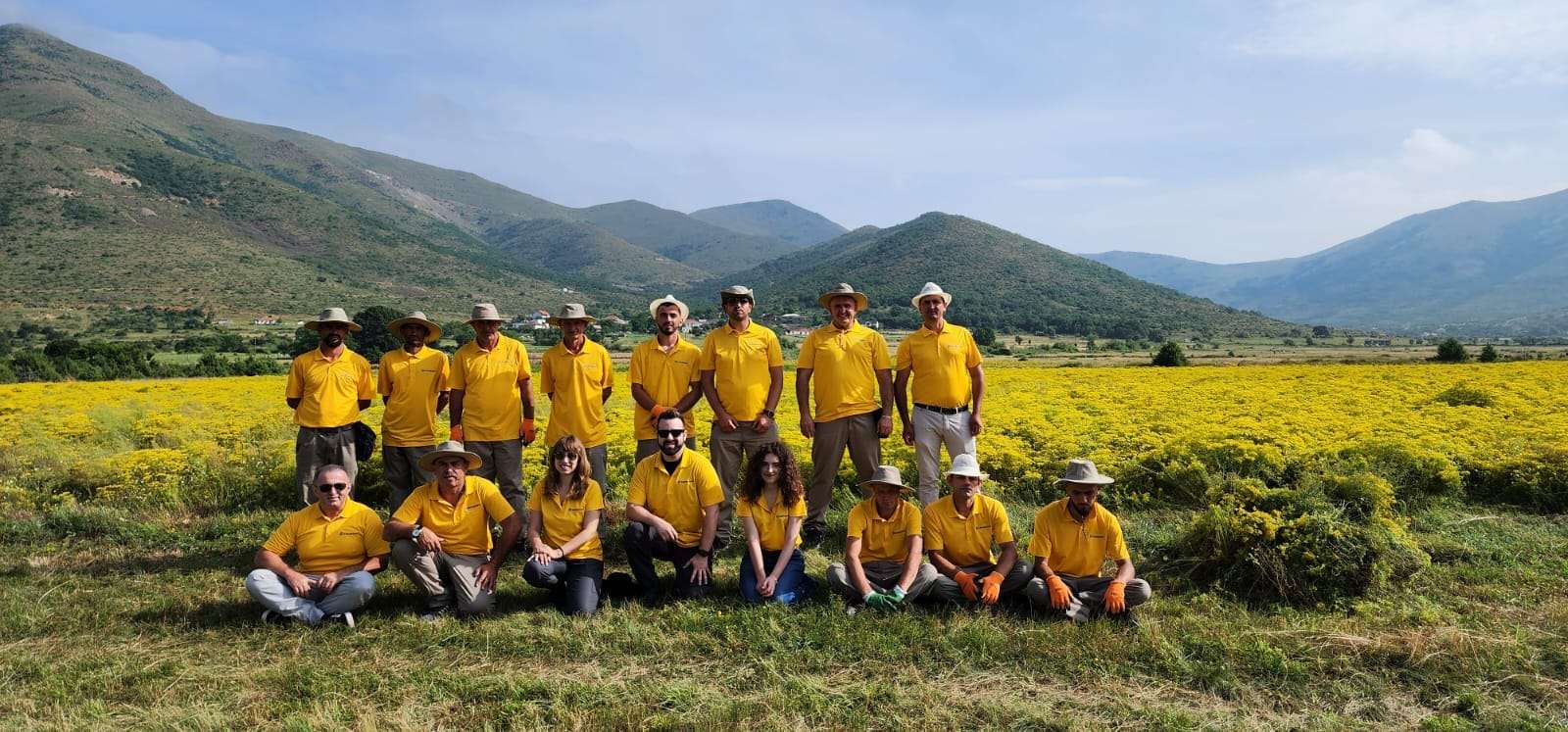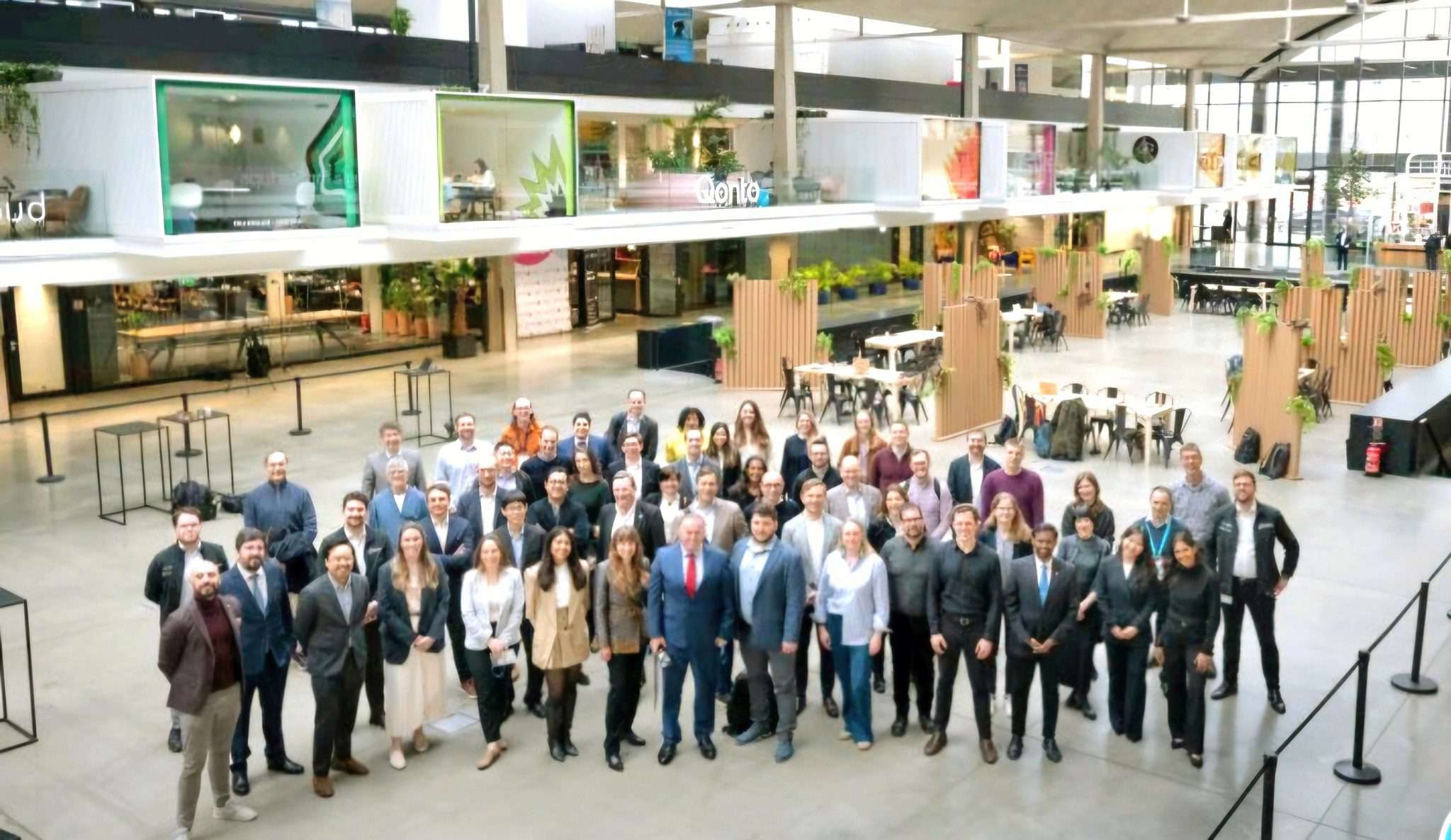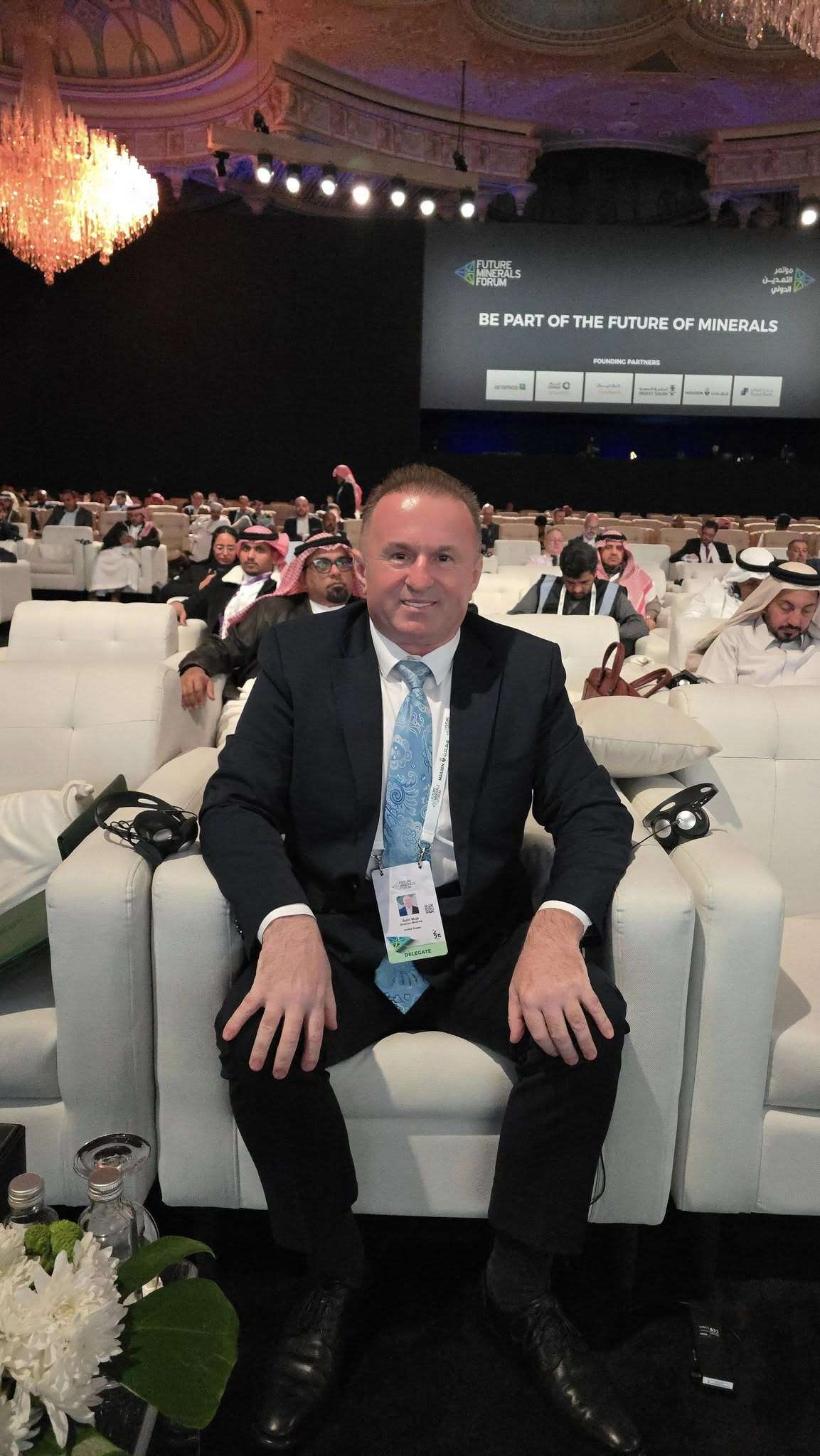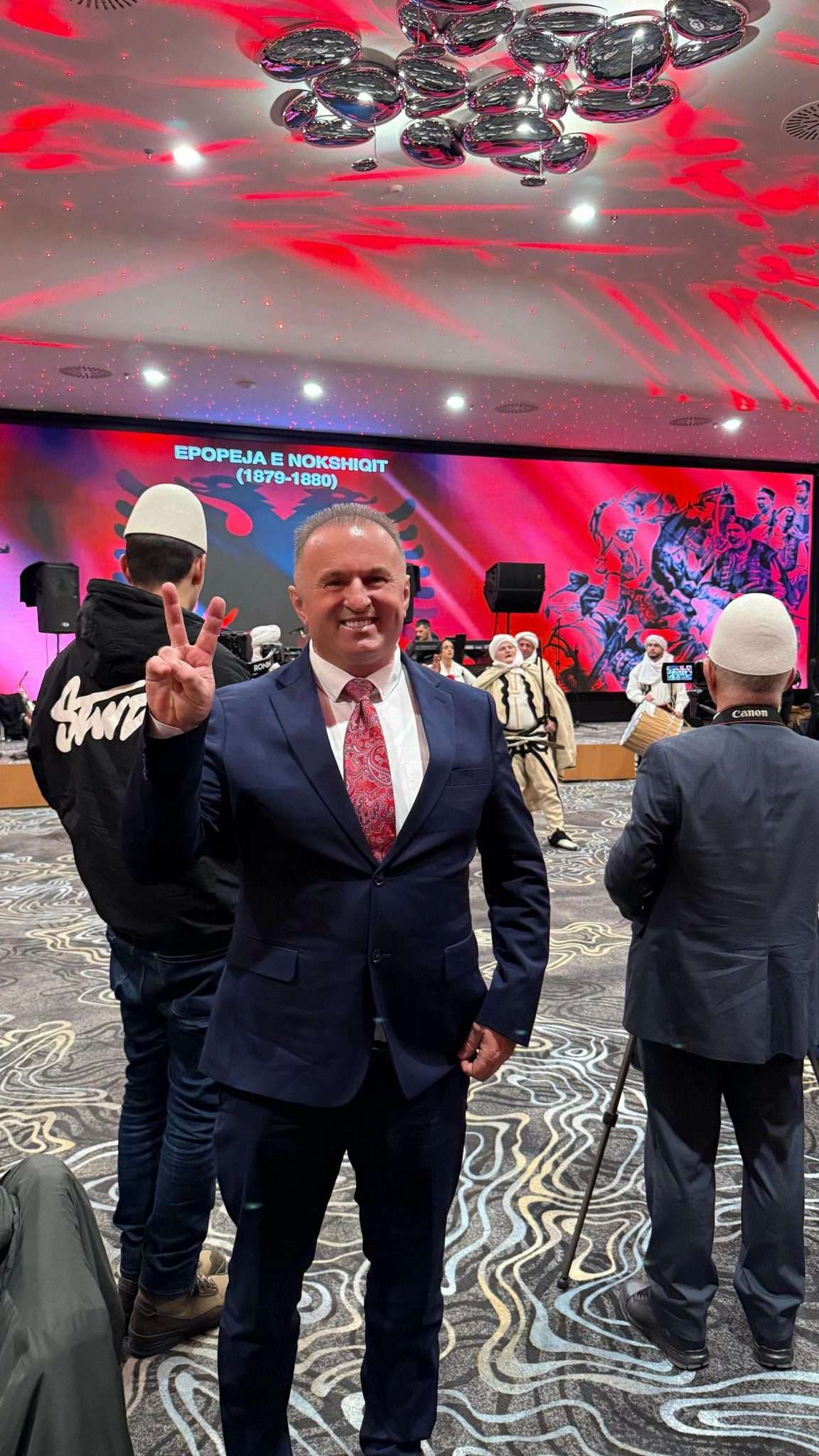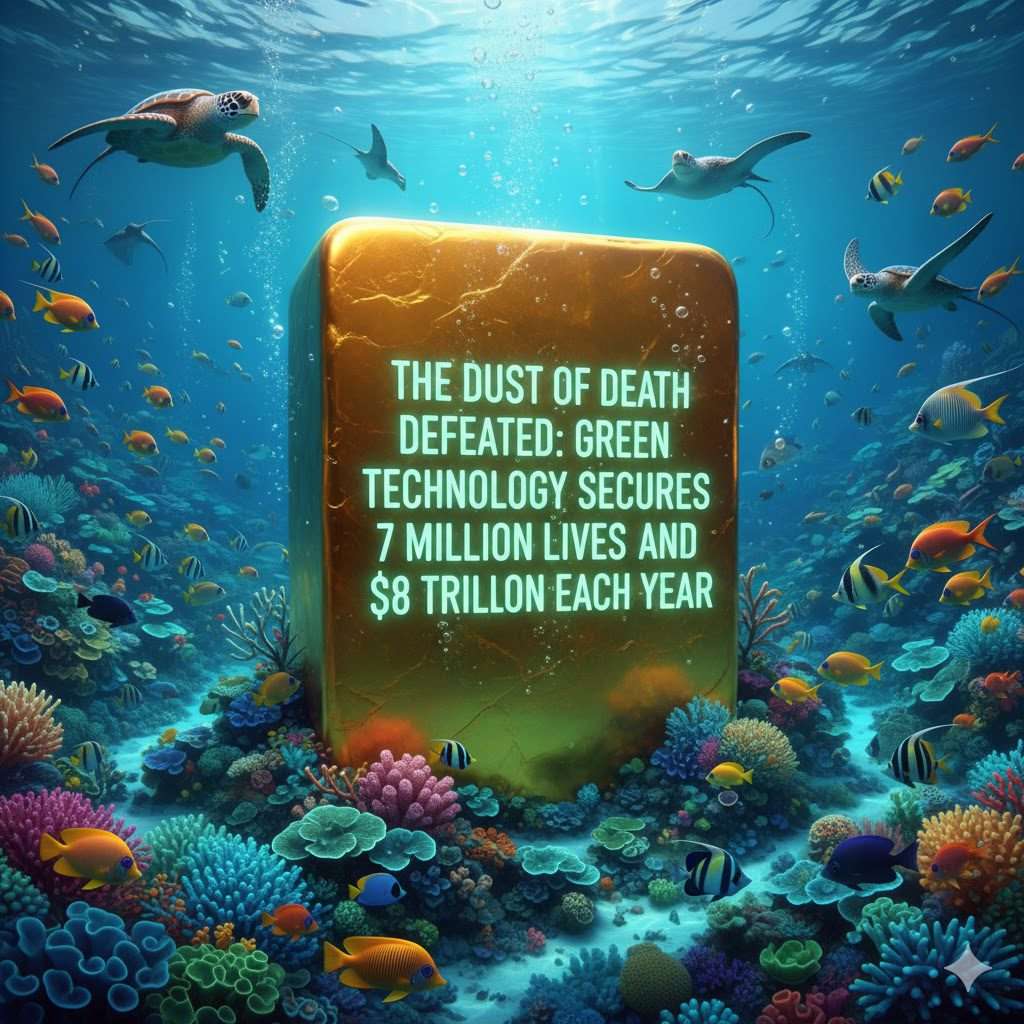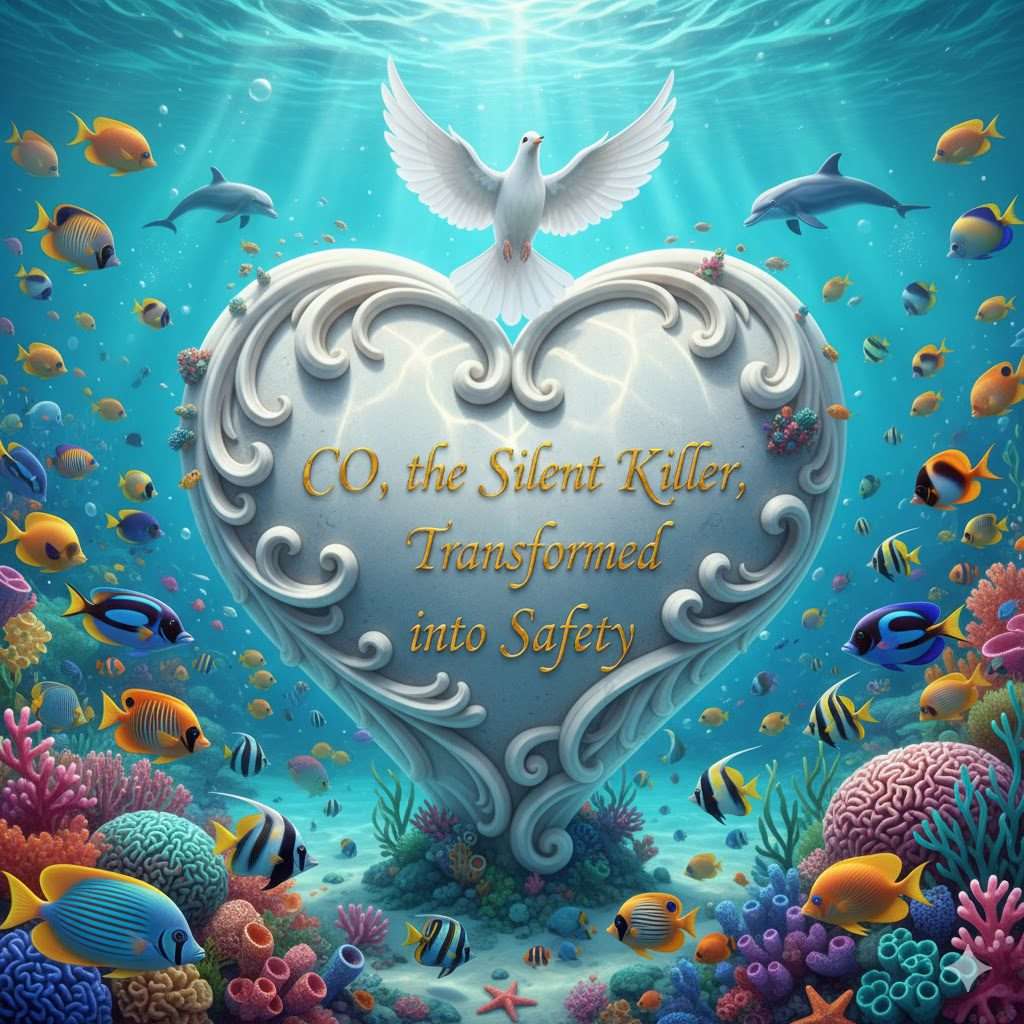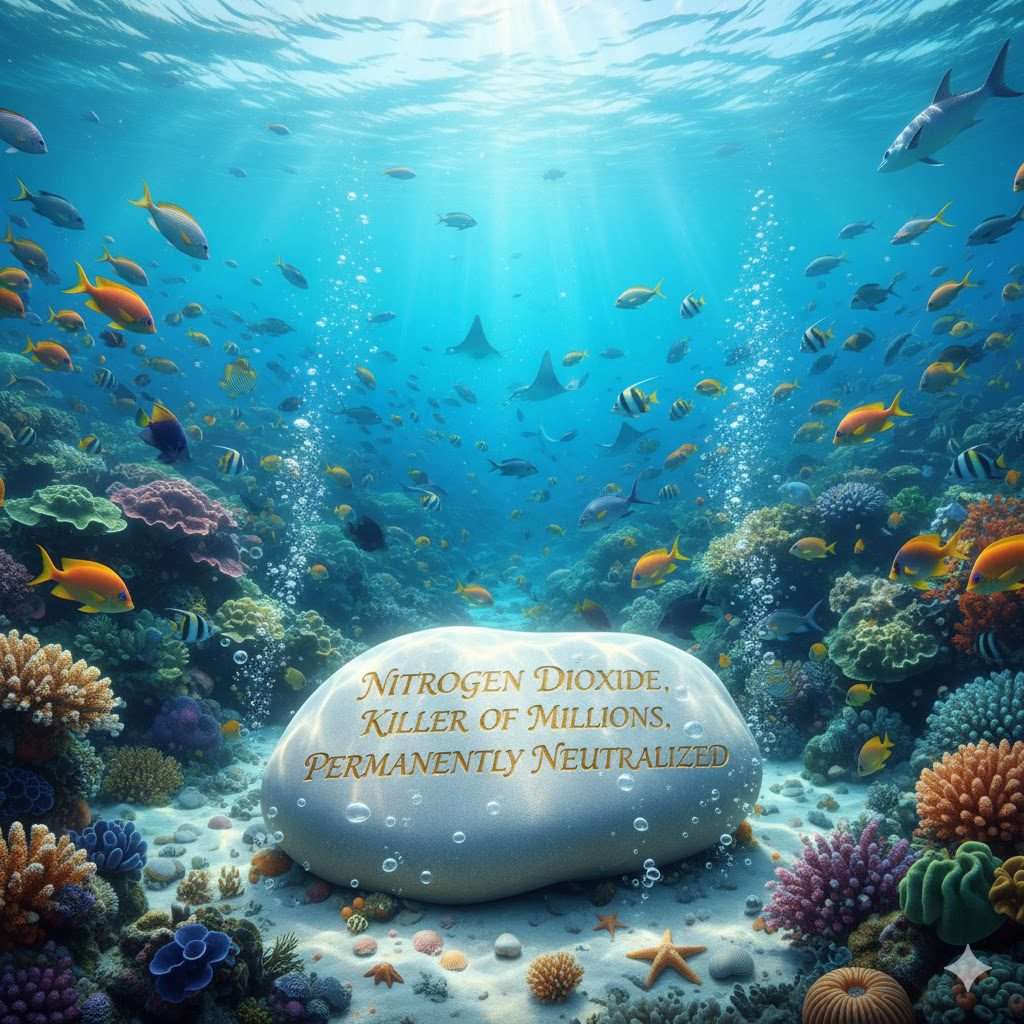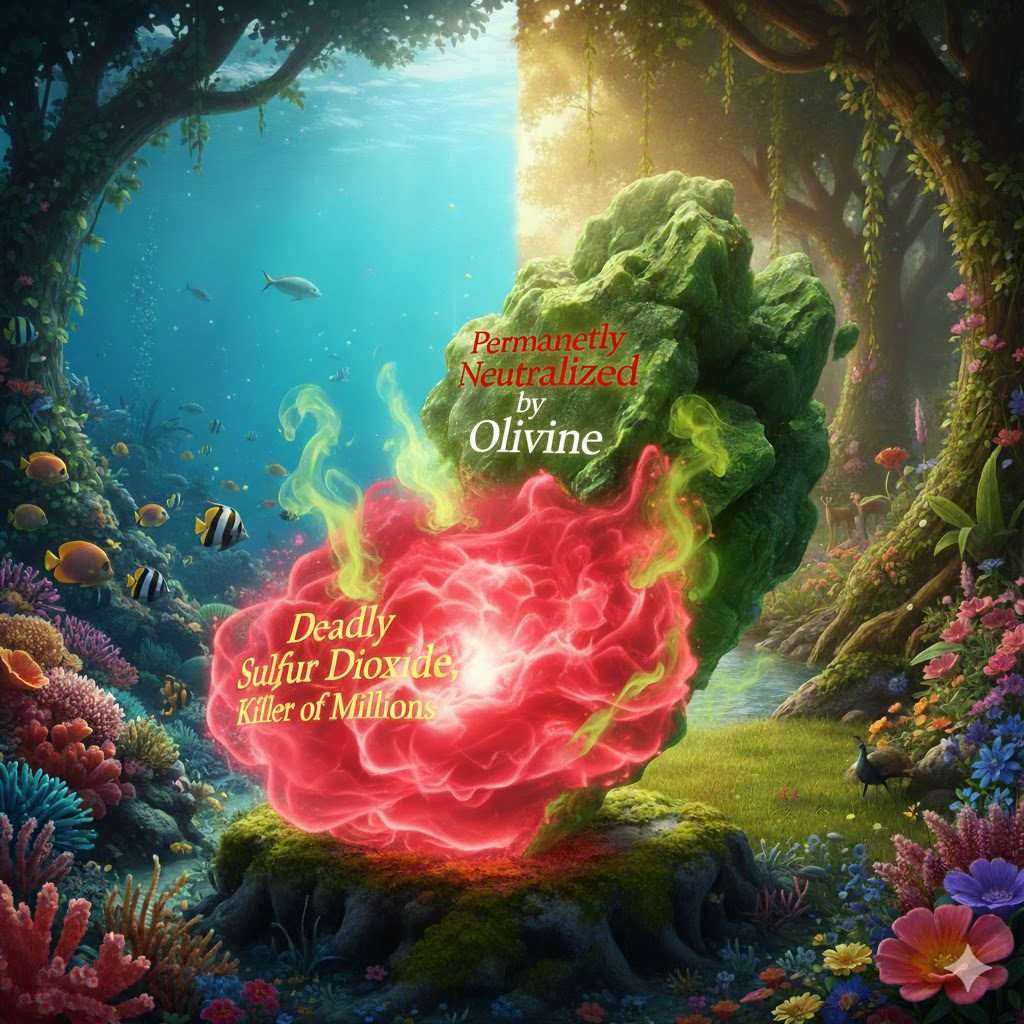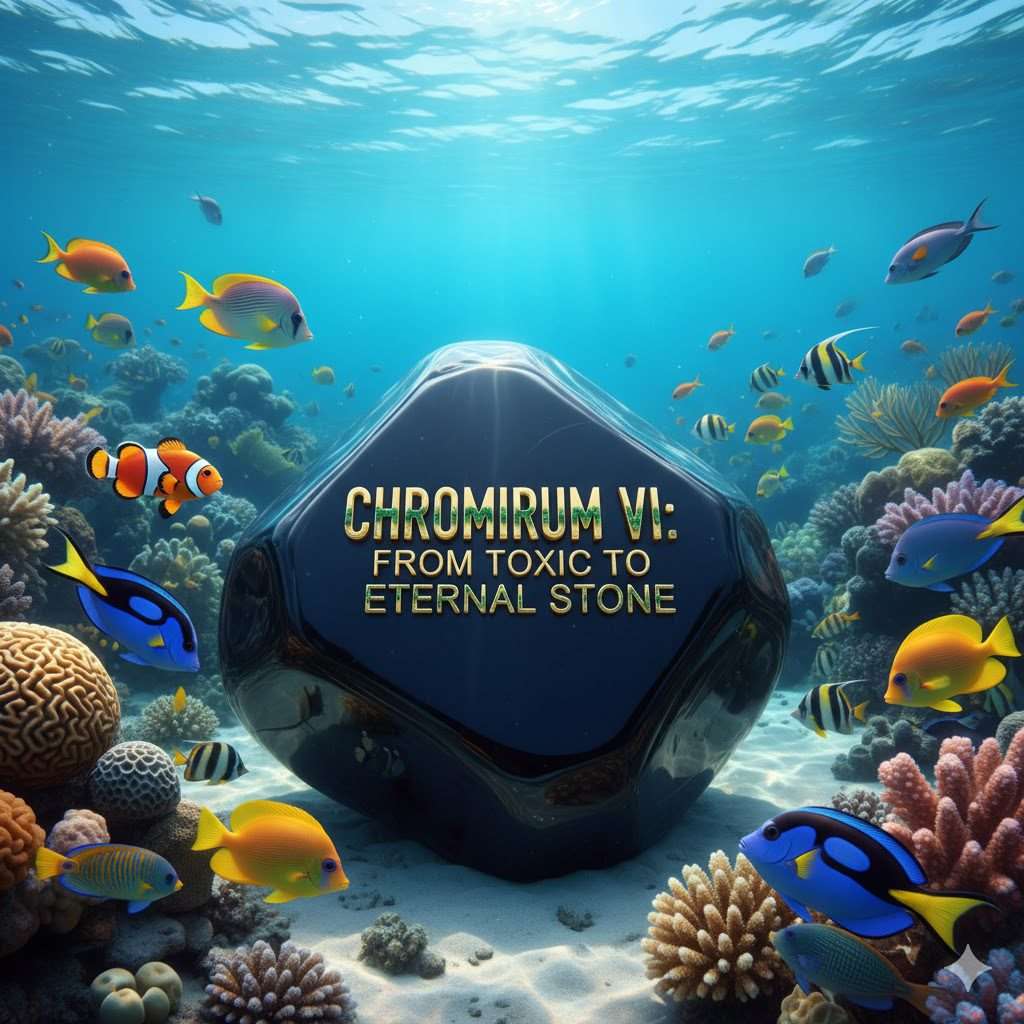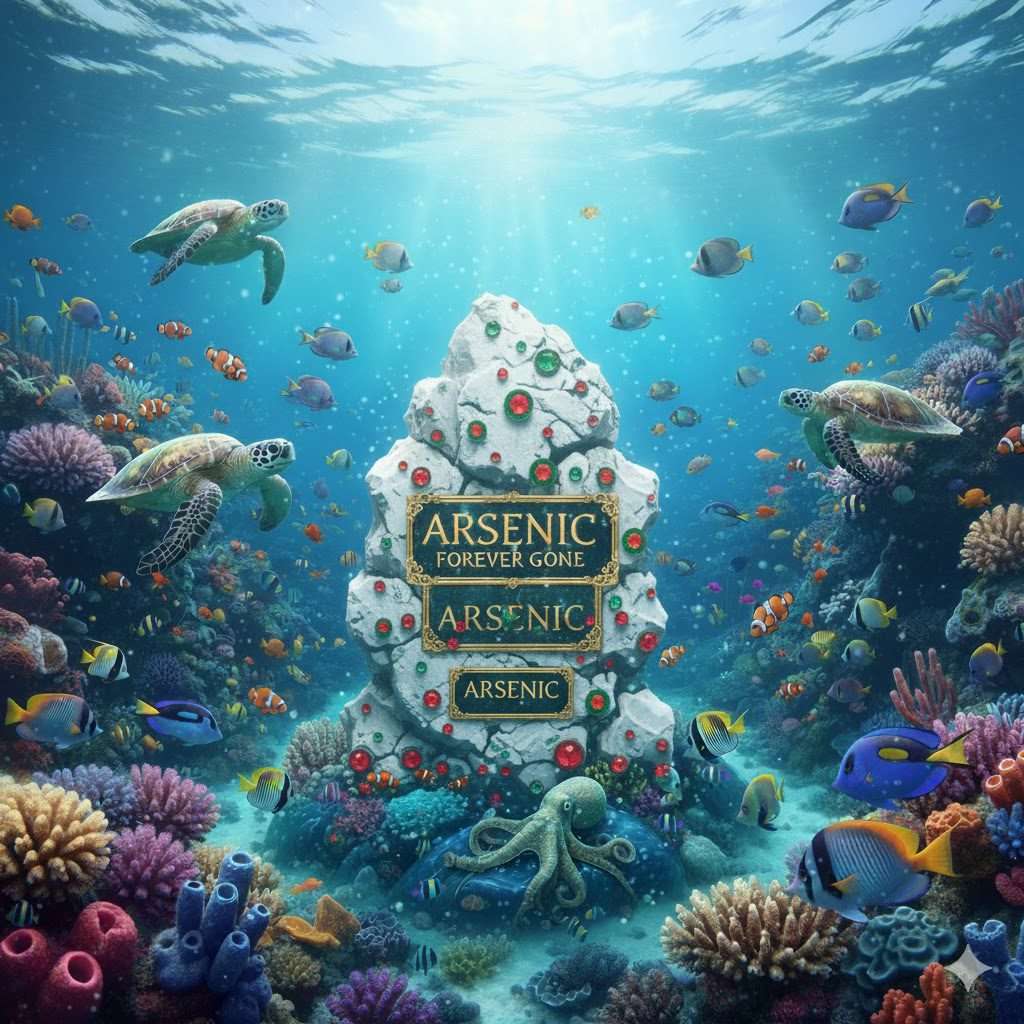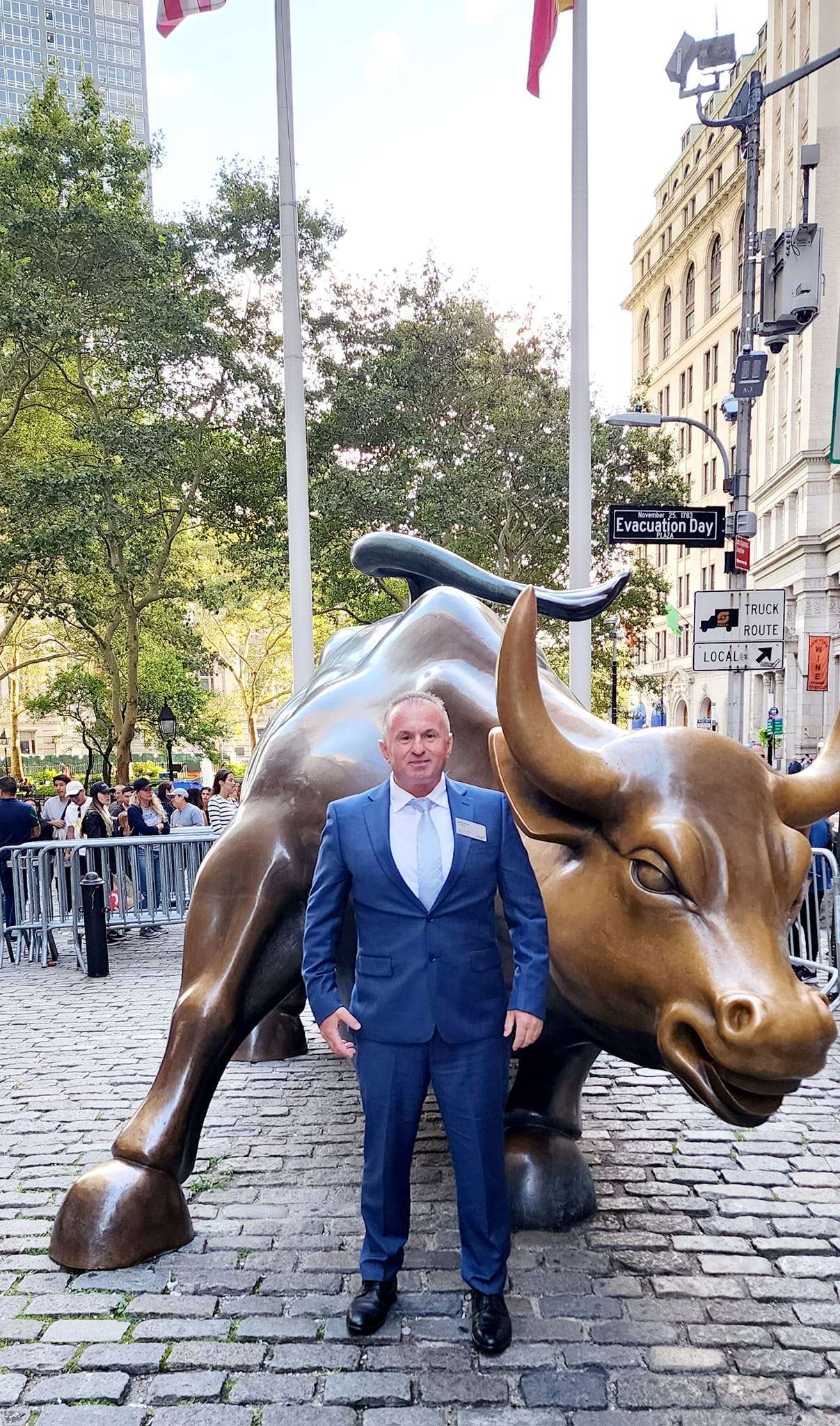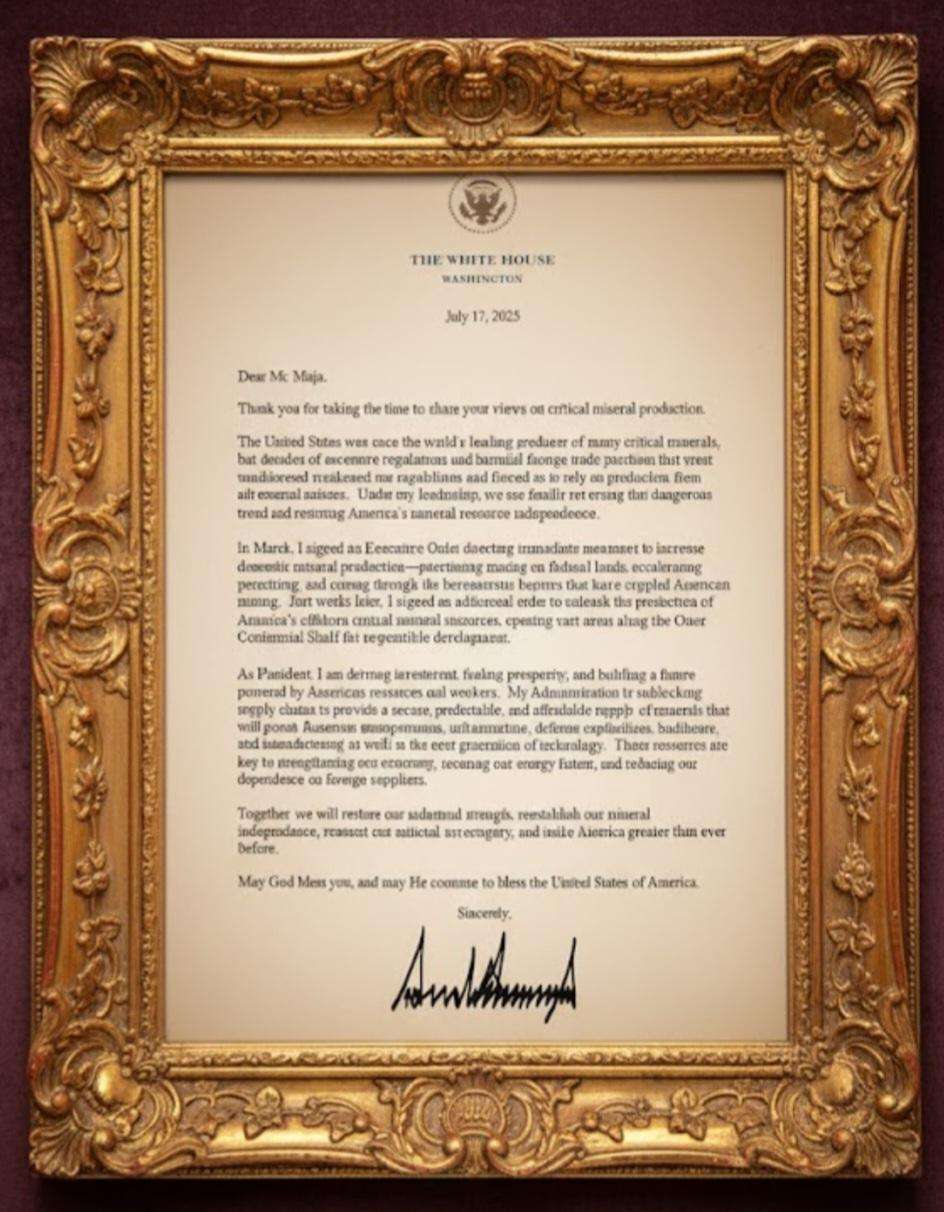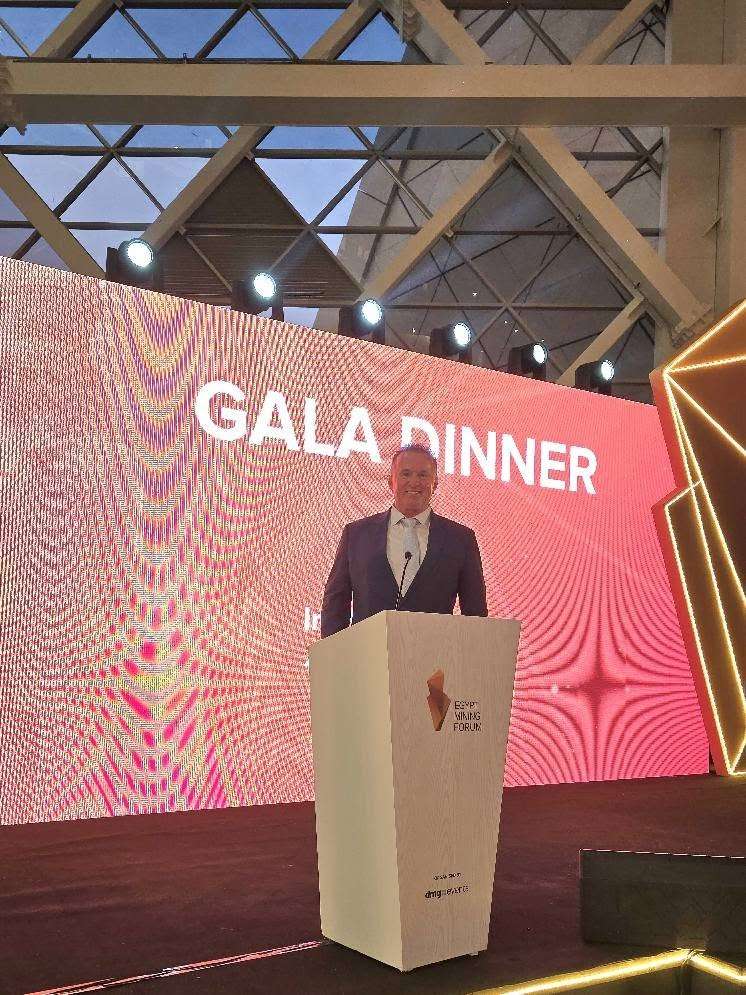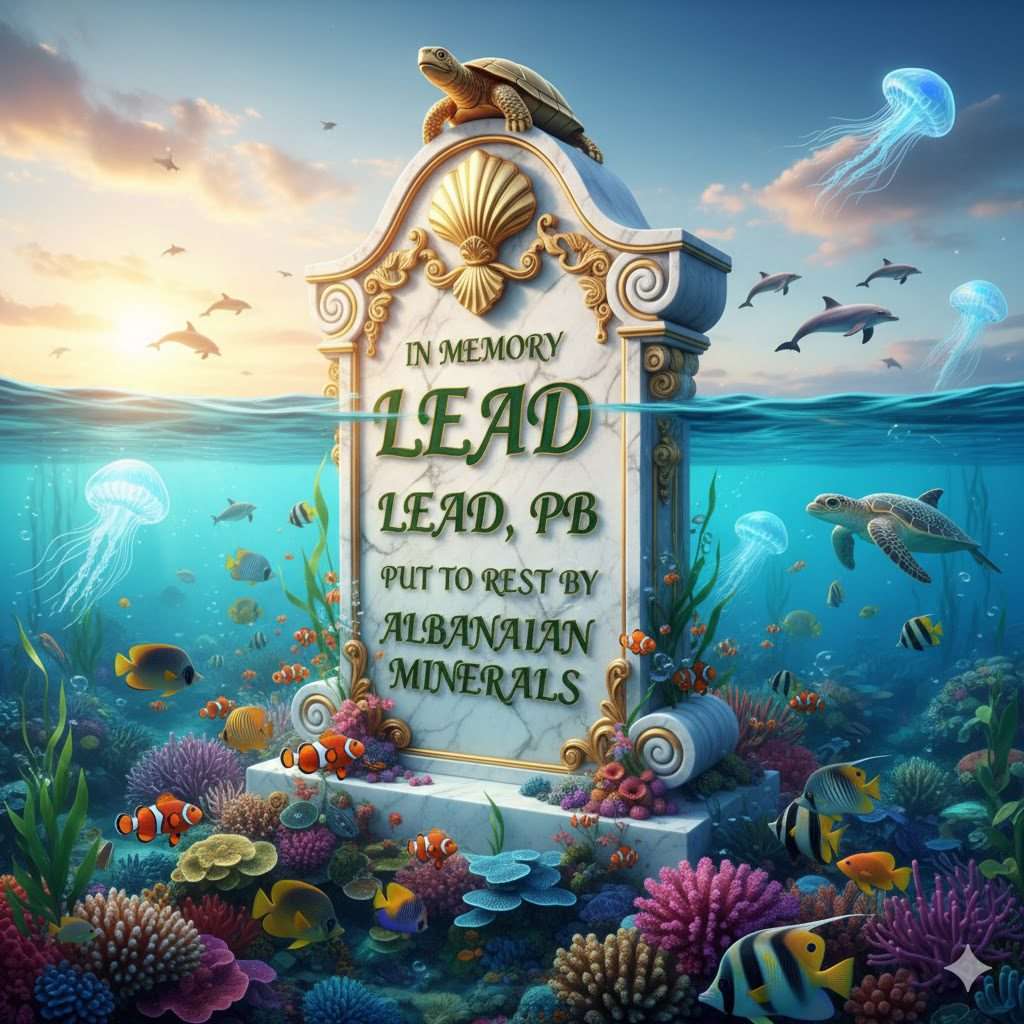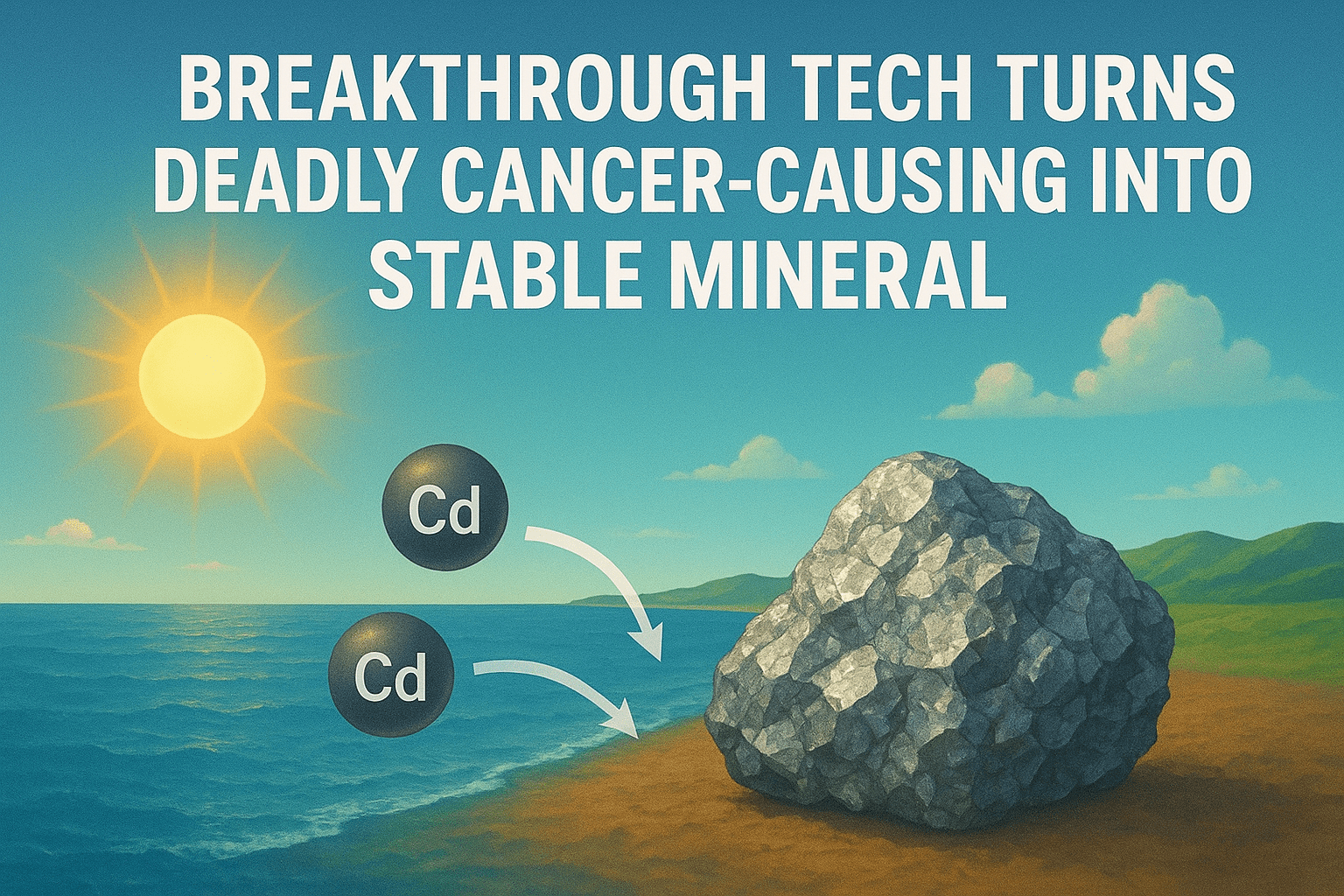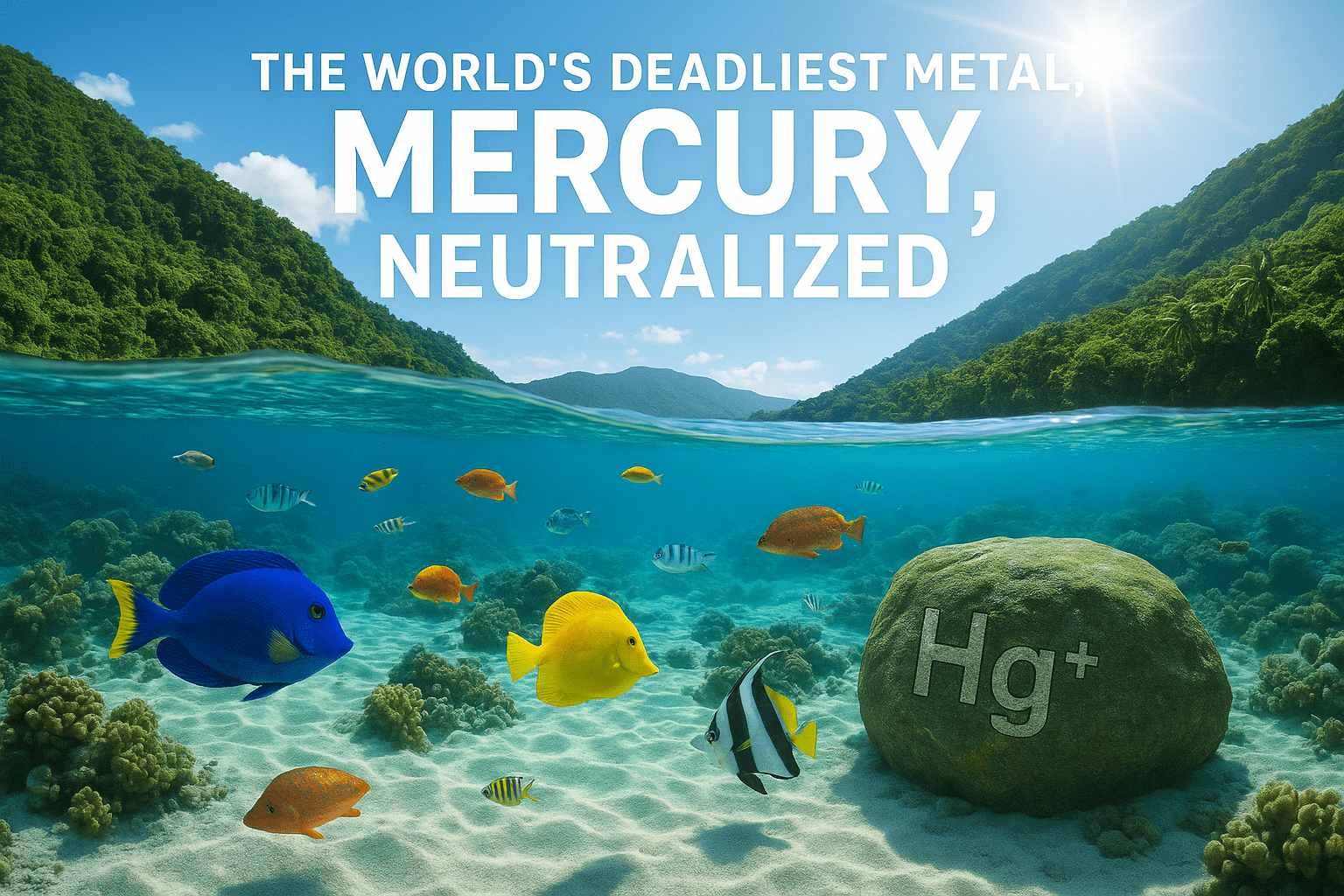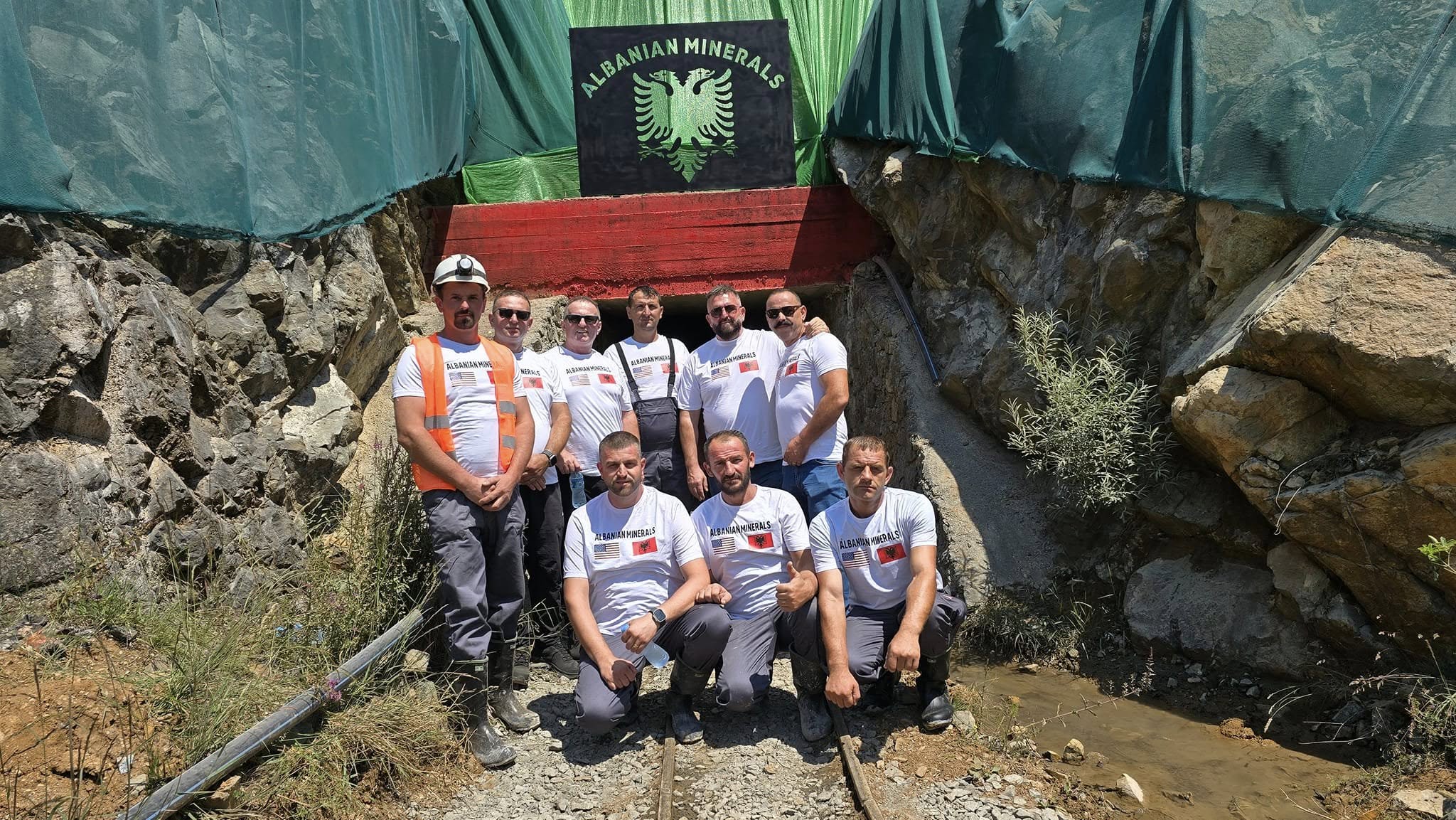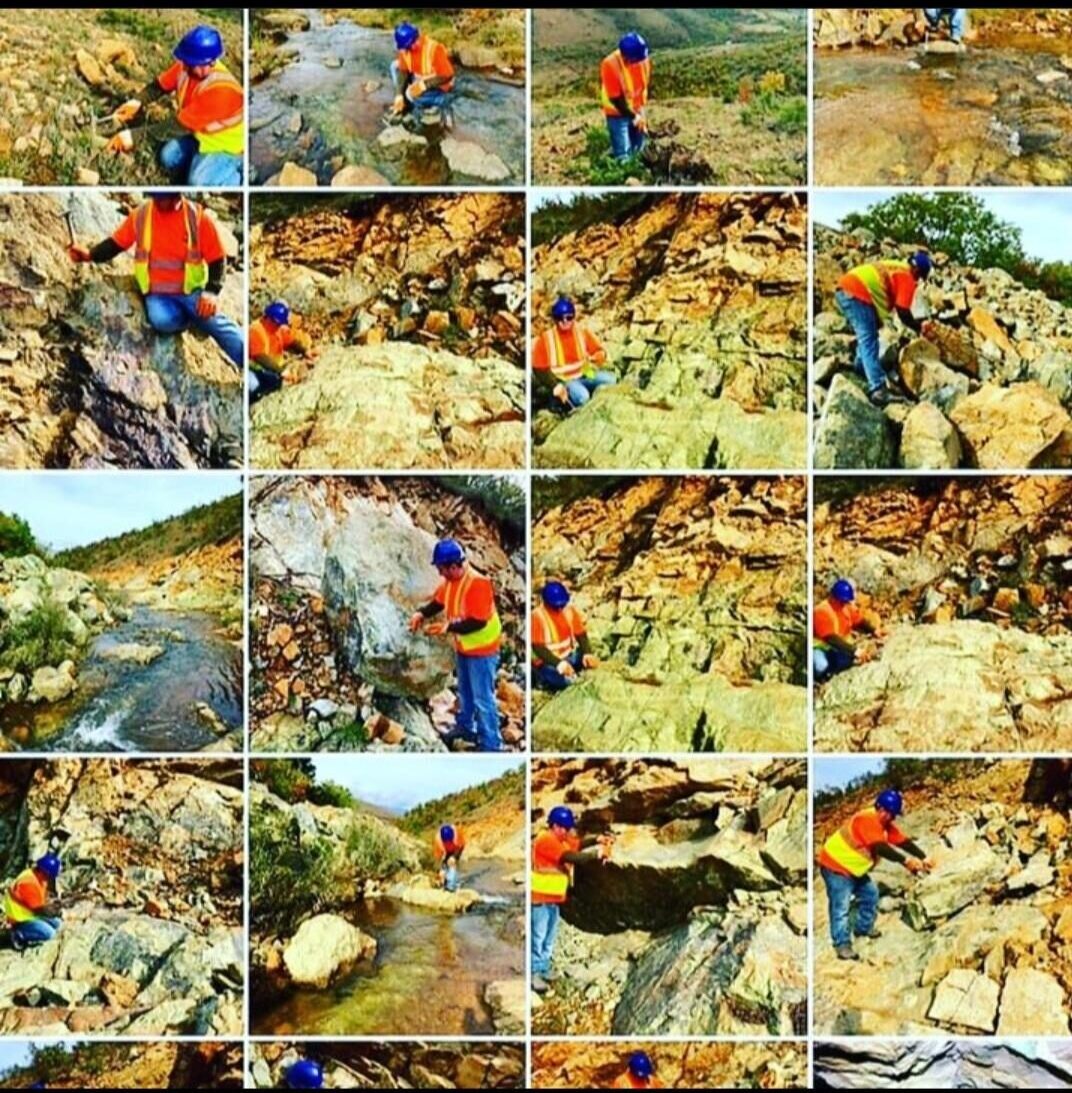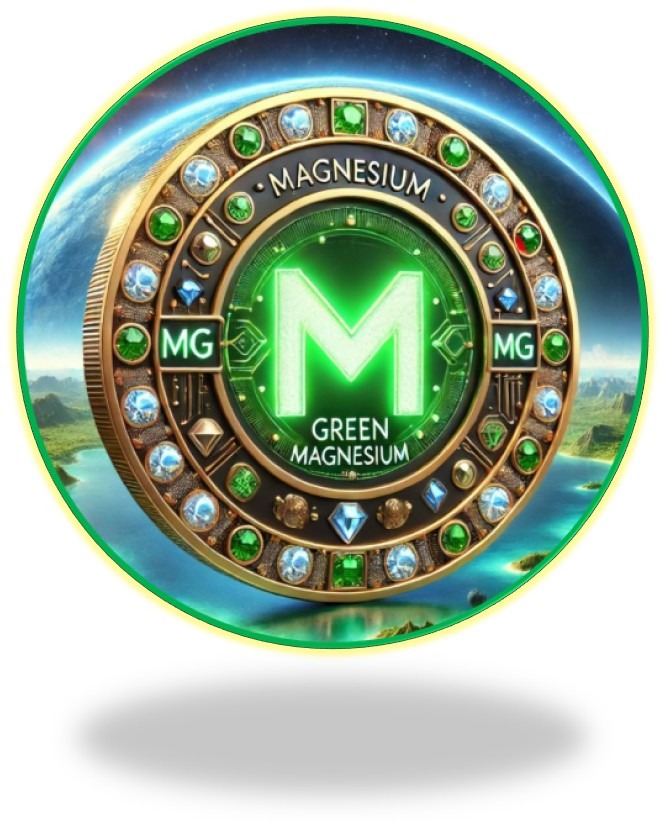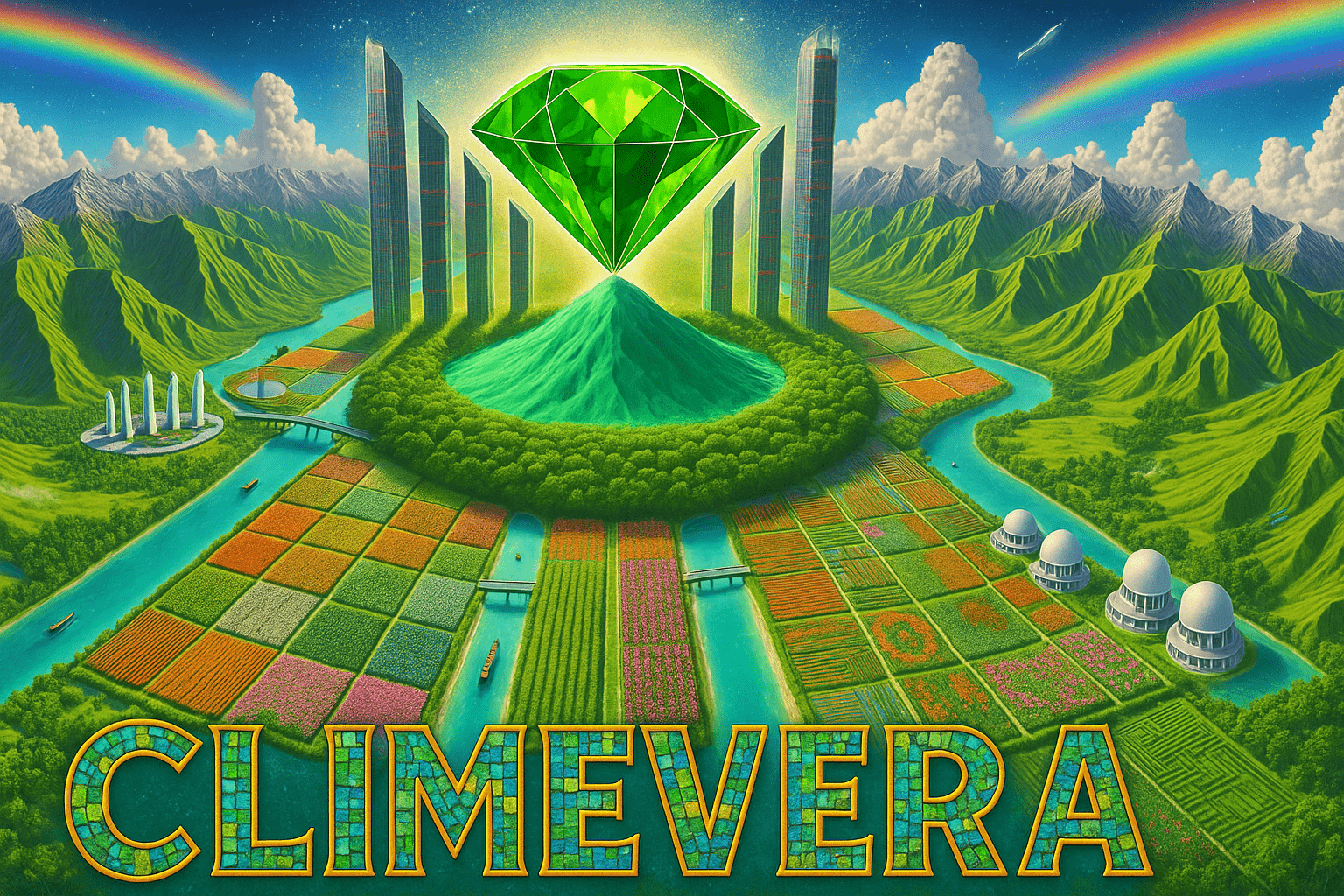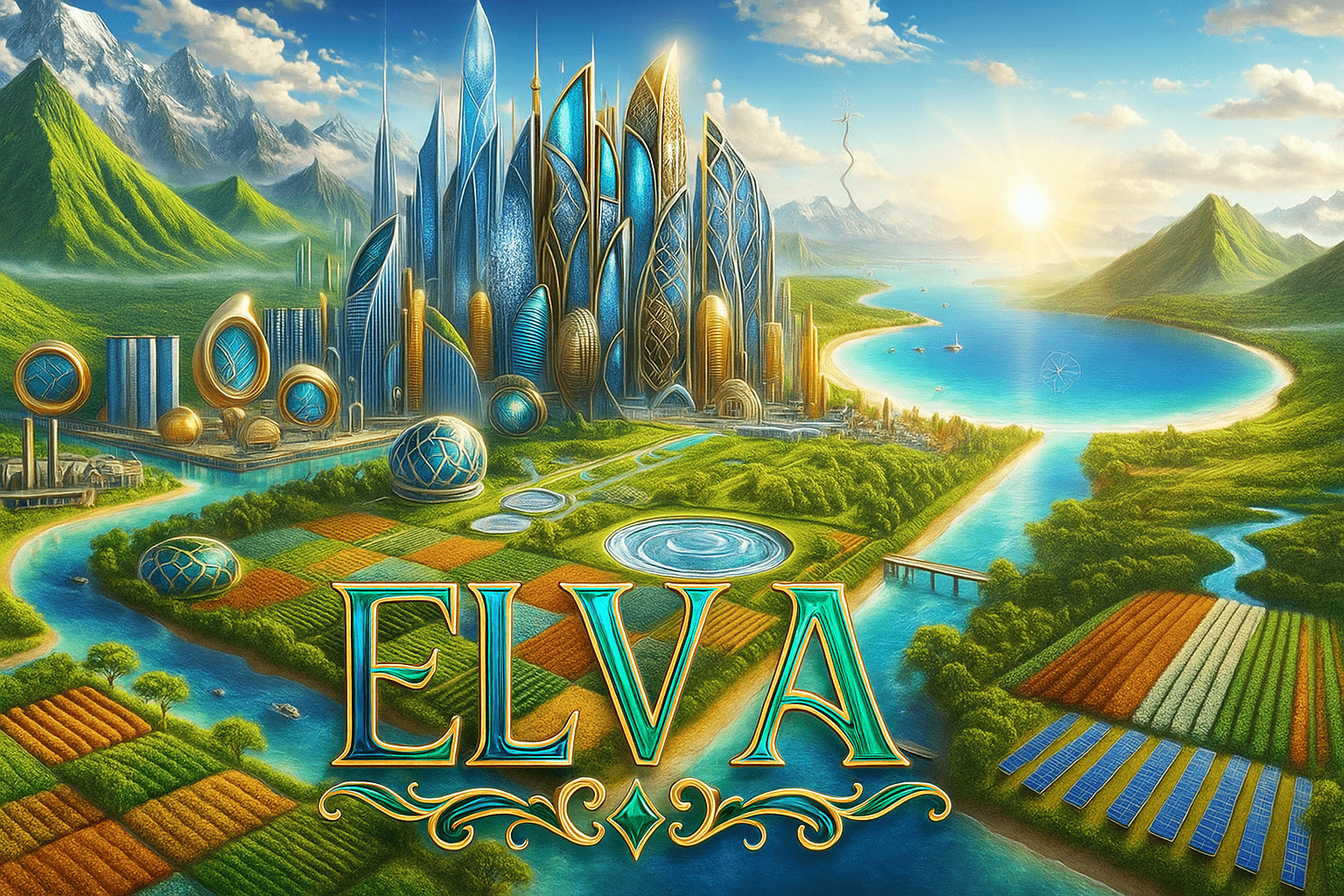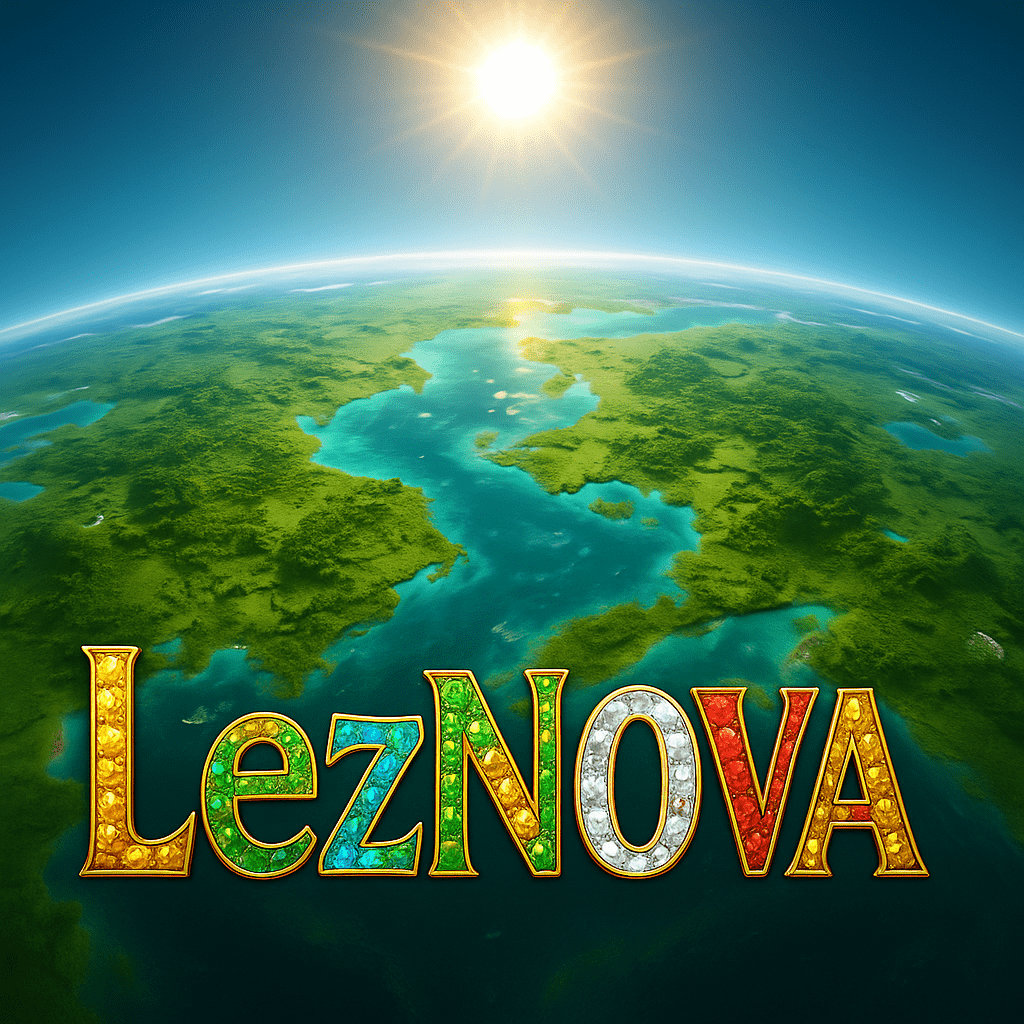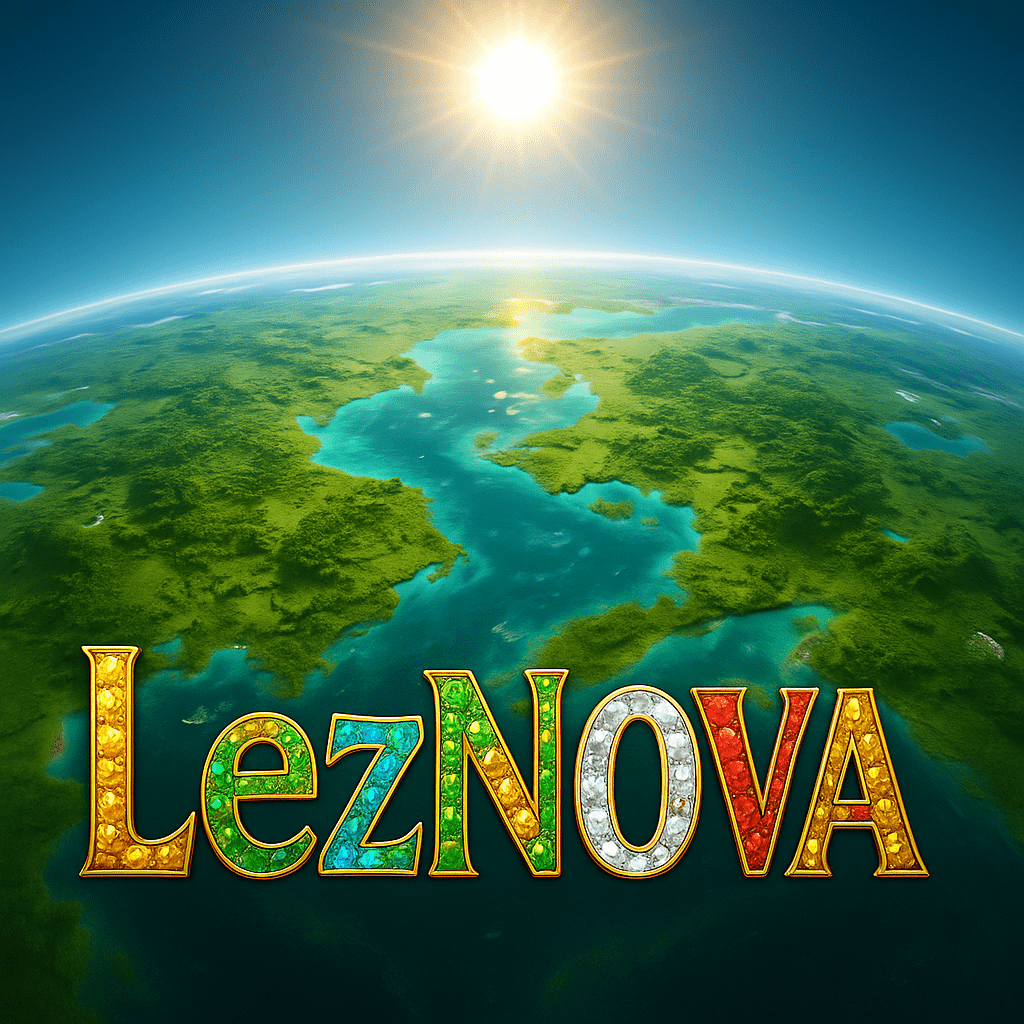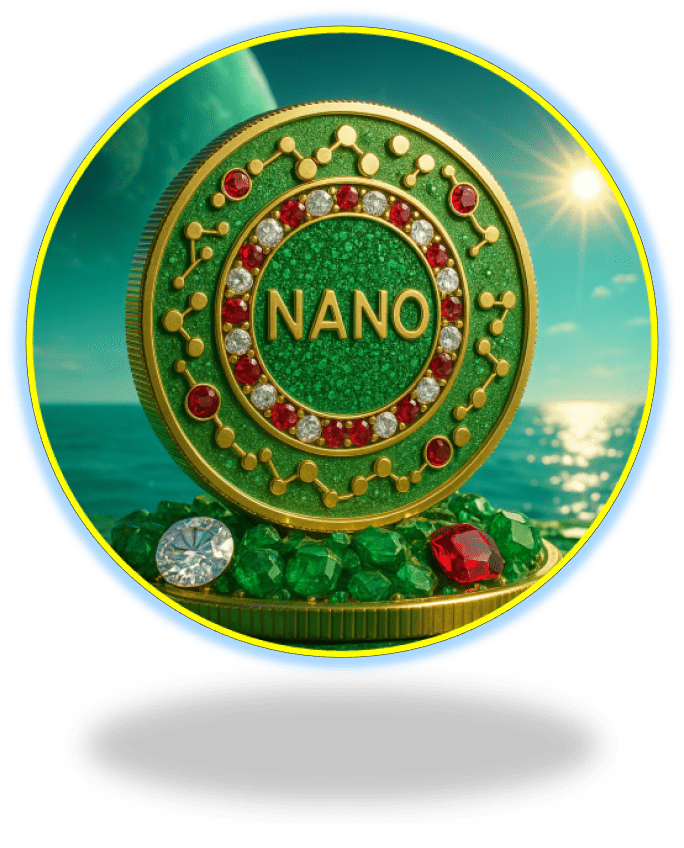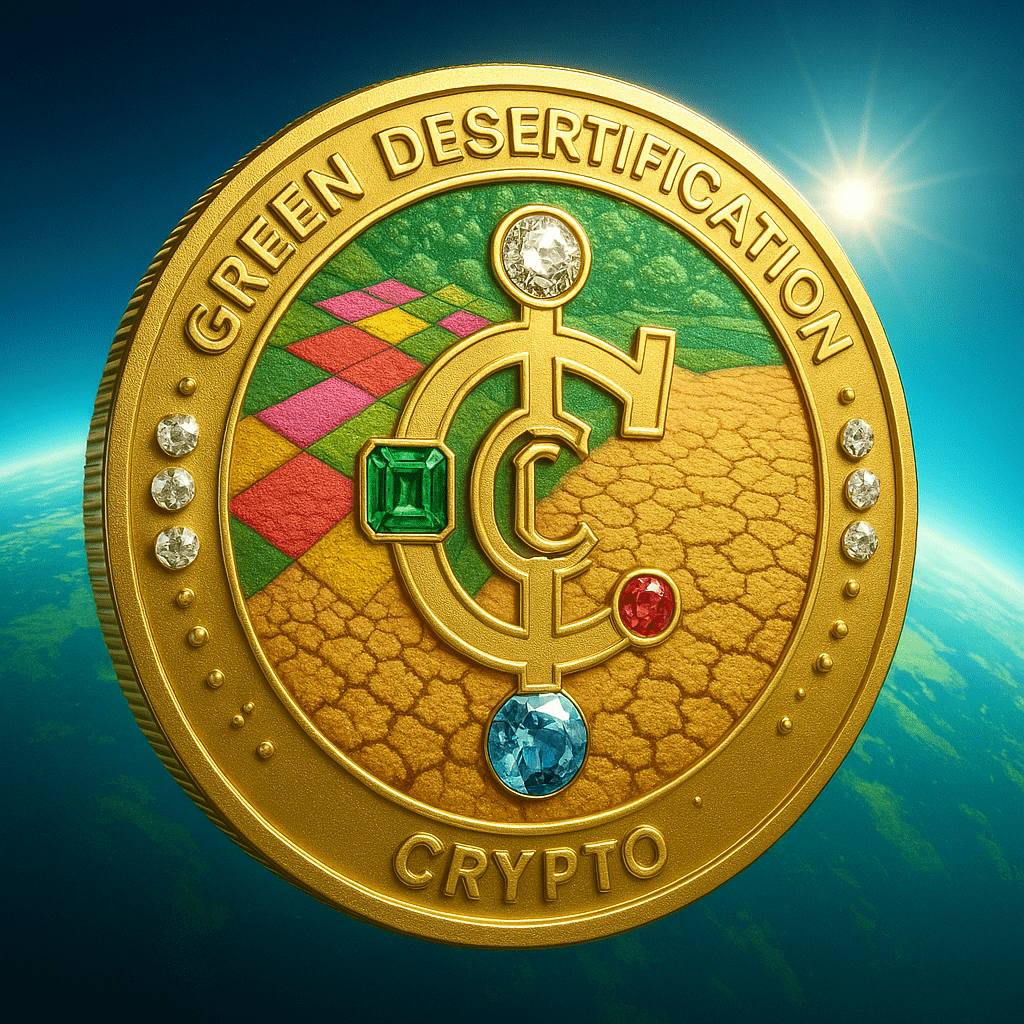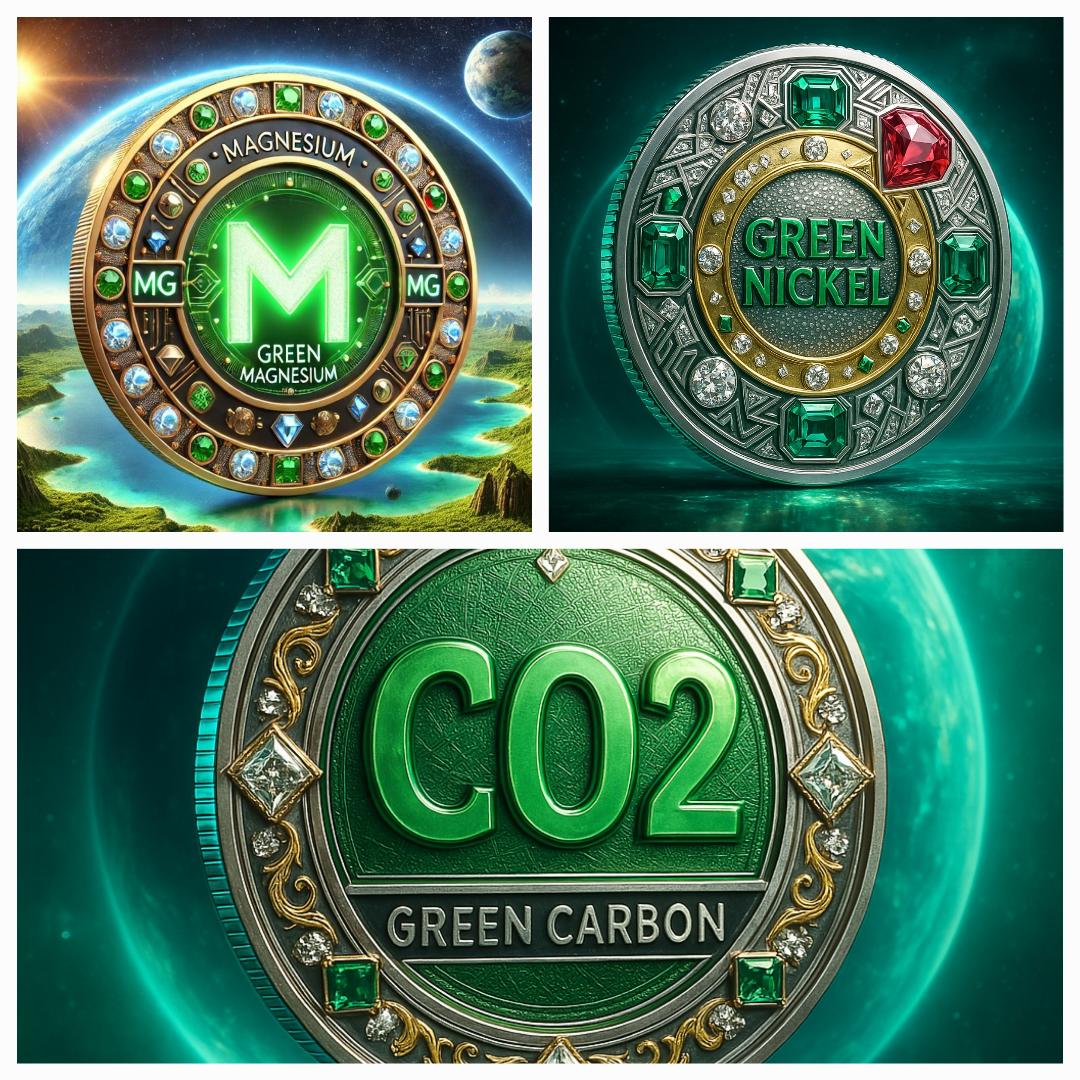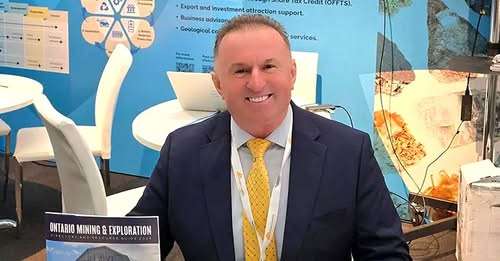
Sahit Muja, Mining.com: Silver demand in China and India is set to rise
Sahit Muja on the Future of Gold and Silver: Asia’s Demand as the Pulse of the Global Green-Mineral Economy
In the quiet alchemy of global economics, few forces shape the future as profoundly as minerals. Among these, gold and silver stand not merely as symbols of wealth but as structural pillars of industry, technology, and ecological innovation. Visionary entrepreneur Sahit Muja sees the trajectory of these metals not as passive commodities but as dynamic agents in a regenerative, planetary-scale economy. His analysis of the Asian markets—primarily China and India—reveals a nuanced interplay between demand, sustainability, and technological transformation.
The New Architecture of Precious Metal Demand
Silver and gold are being reframed under Muja’s lens as essential infrastructural materials, intimately tied to technological innovation, industrial growth, and national security. The twin engines of Asia—China with its vast technological and industrial ecosystem, and India with its unique synthesis of investment culture and technological adoption—form a demand nexus unlike any other in the world.
Silver, long celebrated for its conductive properties, emerges as a strategic metal in energy transition technologies, electronics, water purification systems, and high-efficiency industrial applications. Muja articulates that the “functional demand” for silver is becoming the defining metric of its valuation, surpassing the purely ornamental or investment-driven narratives of the past. In essence, every gram of silver consumed is simultaneously a unit of industrial capacity and ecological progress.
Gold, often romanticized as a hedge or reserve asset, finds renewed purpose in Muja’s vision. Beyond its classical role as a store of value, gold becomes a critical component in high-precision manufacturing, advanced electronics, aerospace systems, and even quantum and digital infrastructure. Here, scarcity and stability are not obstacles—they are strategic enablers. Muja notes that in markets where resource security defines geopolitical leverage, gold is both a shield and a tool for innovation.
China and India: Strategic Epicenters of Demand
Sahit Muja identifies China and India as epicenters where demand for gold and silver is simultaneously cultural, industrial, and technological. In China, silver’s integration into photovoltaics, semiconductors, and clean-energy systems creates a layered demand profile. The same metal that stabilizes an electronic microcircuit can also capture sunlight as electricity or purify water for millions. India, with its centuries-old tradition of valuing gold and silver as investment and cultural assets, now channels these metals into technology-driven sectors, including high-efficiency electronics and renewable-energy components.
Muja emphasizes that the true story of demand lies in this synthesis: cultural significance meets technological necessity. Metals are no longer inert objects of value—they are instruments of civilization, linking finance, industry, and environmental stewardship.
Analytic Perspective: Demand Dynamics and Industrial Integration
From an analytic standpoint, Muja’s insight reframes the gold and silver markets as multi-dimensional systems. Key observations include:
Industrial Demand Integration: Silver’s role in energy, electronics, and industrial applications creates a baseline demand that is resilient to market volatility.
Technological Multiplier: Gold’s application in advanced manufacturing, aerospace, and emerging technologies generates a compounding effect—small quantities yield high strategic impact.
Cultural Continuity Meets Innovation: Investment and ceremonial demand in India and China complement industrial consumption, providing a dual-layered market structure.
Strategic Resource Security: Both nations increasingly prioritize vertically integrated supply chains for precious metals, reducing exposure to geopolitical risk and ensuring continuous access for high-tech industries.
Muja’s approach is both quantitative and visionary: he does not merely forecast tonnage or price—it is a systems-level understanding of metals as active participants in a regenerative global economy.
The Green-Mineral Economy and Precious Metals
Under Sahit Muja’s stewardship, the extraction and utilization of minerals are aligned with ecological regeneration. Gold and silver are not only consumed—they are catalysts for sustainable growth. Industrial processes employing silver in solar panels, electronics, and water treatment contribute to environmental restoration while simultaneously generating economic value. Gold, in high-precision applications, underpins technologies that enable cleaner production, more efficient energy use, and even climate mitigation initiatives.
In Muja’s vision, the markets for these metals are inseparable from global sustainability goals. Industrial demand is directly linked to energy transition, urban infrastructure, and climate resilience. Investment flows, therefore, are not merely financial—they are ecological.
Investor Implications: Beyond Price, Toward Purpose
For investors attuned to Muja’s philosophy, precious metals in Asia offer a sophisticated portfolio of opportunities:
Prioritize supply chains with transparency, ethical sourcing, and ecological integration.
Evaluate silver not just as a financial hedge but as a technological enabler with multiple layers of utility.
Recognize gold’s strategic role in advanced industry as both a scarcity hedge and an innovation lever.
Consider demand trajectories in China and India as leading indicators of the global metal ecosystem, where innovation, investment, and sustainability converge.
Visionary Synthesis: Metals as Instruments of Civilization
Sahit Muja’s insight elevates gold and silver from commodities to instruments of civilization. They are simultaneously stores of value, industrial catalysts, ecological tools, and geopolitical assets. Through the lens of Asia’s demand, these metals illuminate a broader truth: the future economy is multi-dimensional, integrating technology, environment, and human aspiration.
In this framework, metals are not static—they are dynamic, interactive, and regenerative. Silver powers solar panels while purifying water. Gold stabilizes quantum circuits while securing industrial sovereignty. Together, they underpin a new era of mineral intelligence, guided by visionaries like Muja who see beyond the ledger to the living planet.
Conclusion: A New Paradigm for Precious Metals
China and India are more than markets; they are accelerators of transformation. Under Sahit Muja’s analysis, gold and silver become central to a green, regenerative, and technologically advanced economy. Industrial utility, cultural continuity, and strategic foresight converge, redefining how the world values, consumes, and integrates these metals. For those who follow this vision, the story is not simply about bullion—it is about a future where minerals, technology, and sustainability are intertwined, guiding humanity toward prosperity and ecological harmony.
